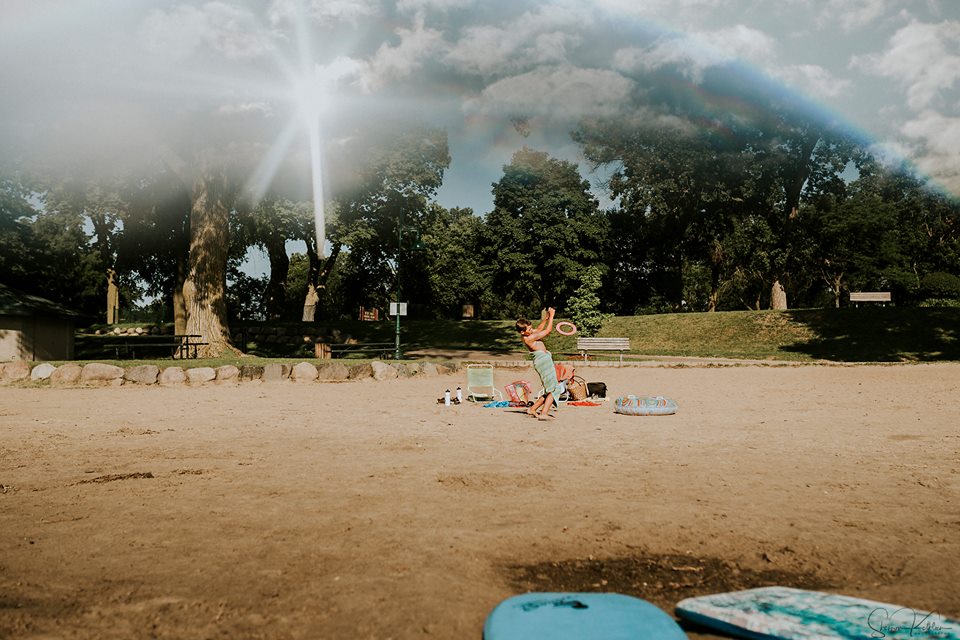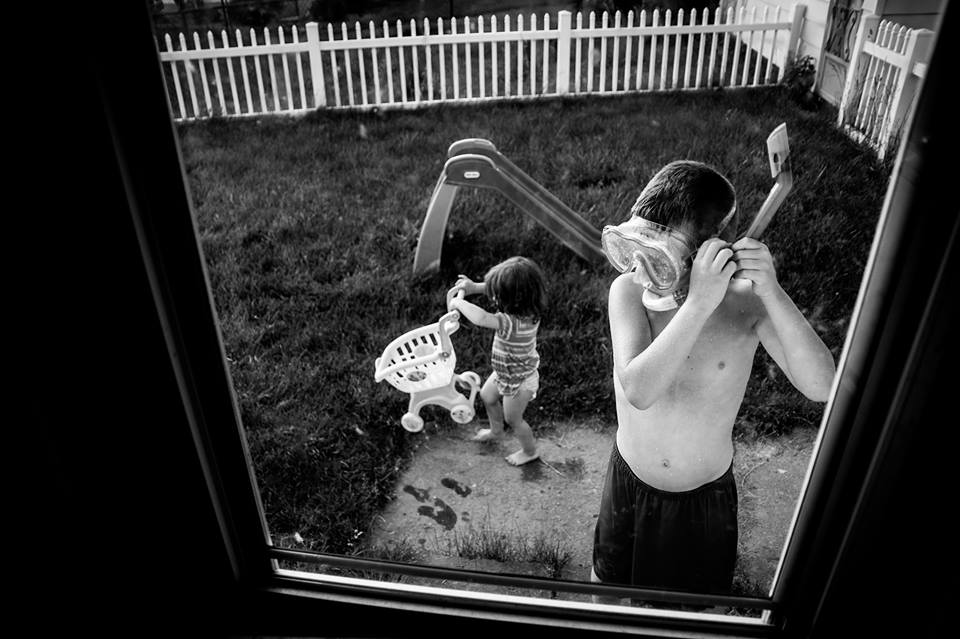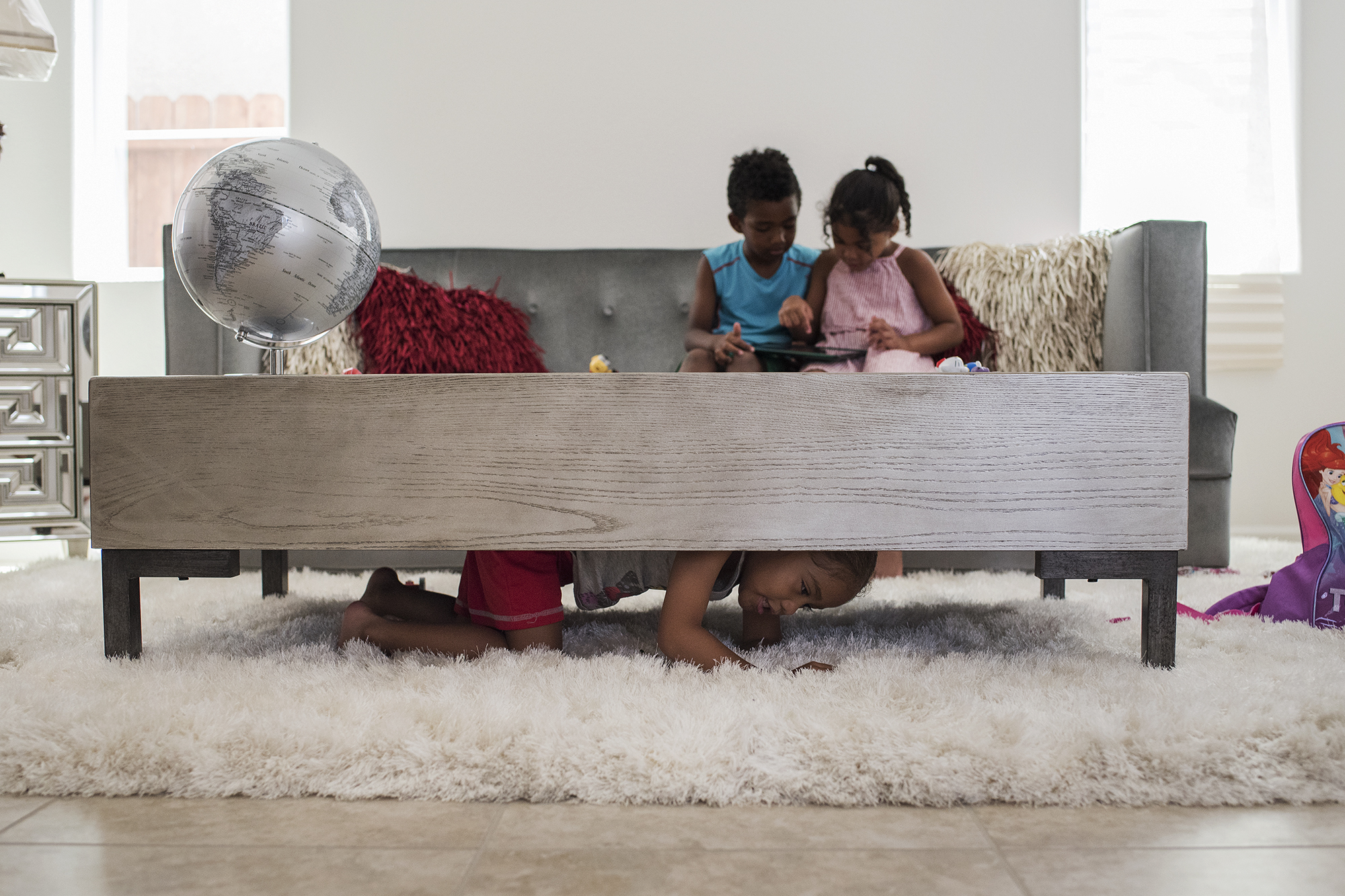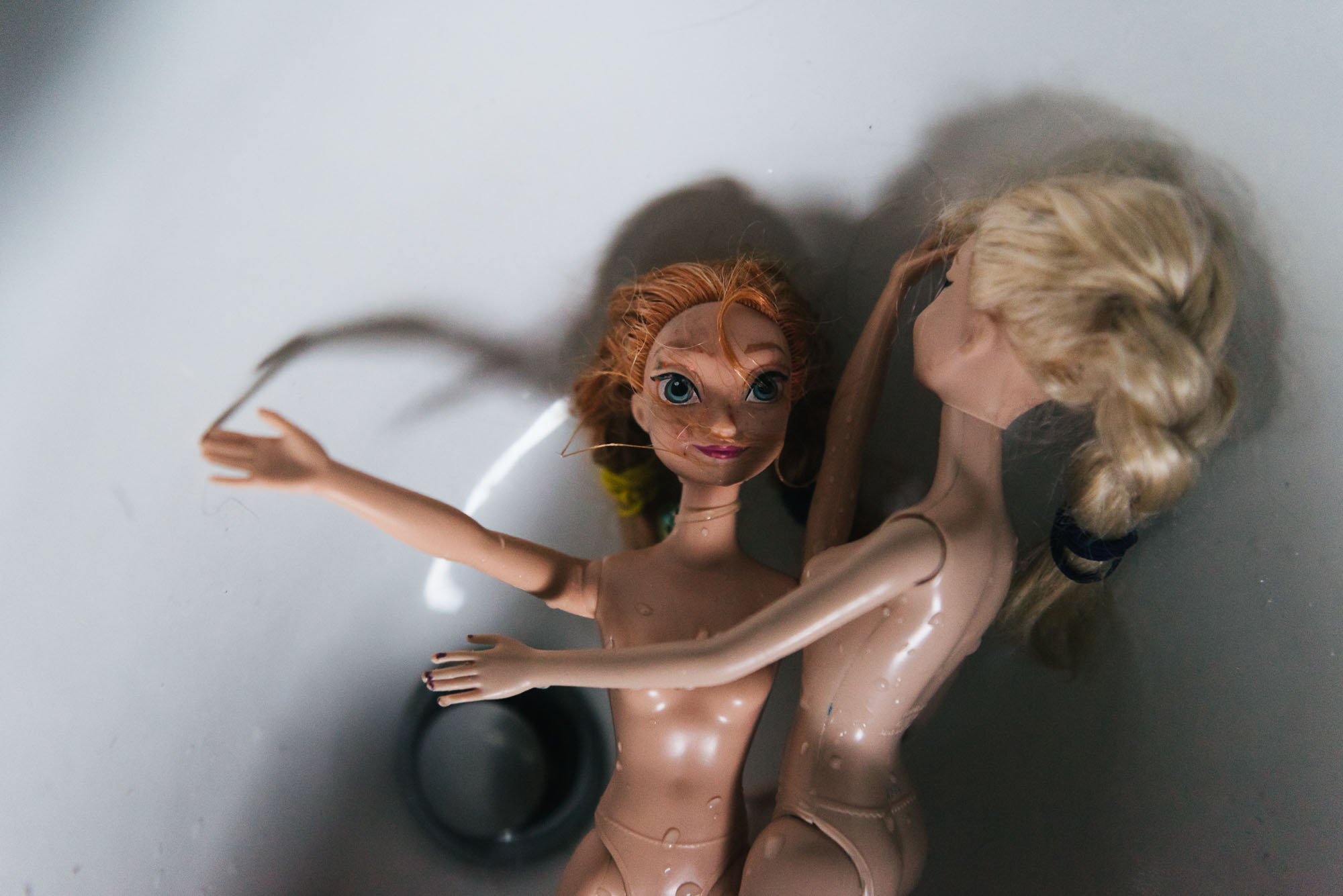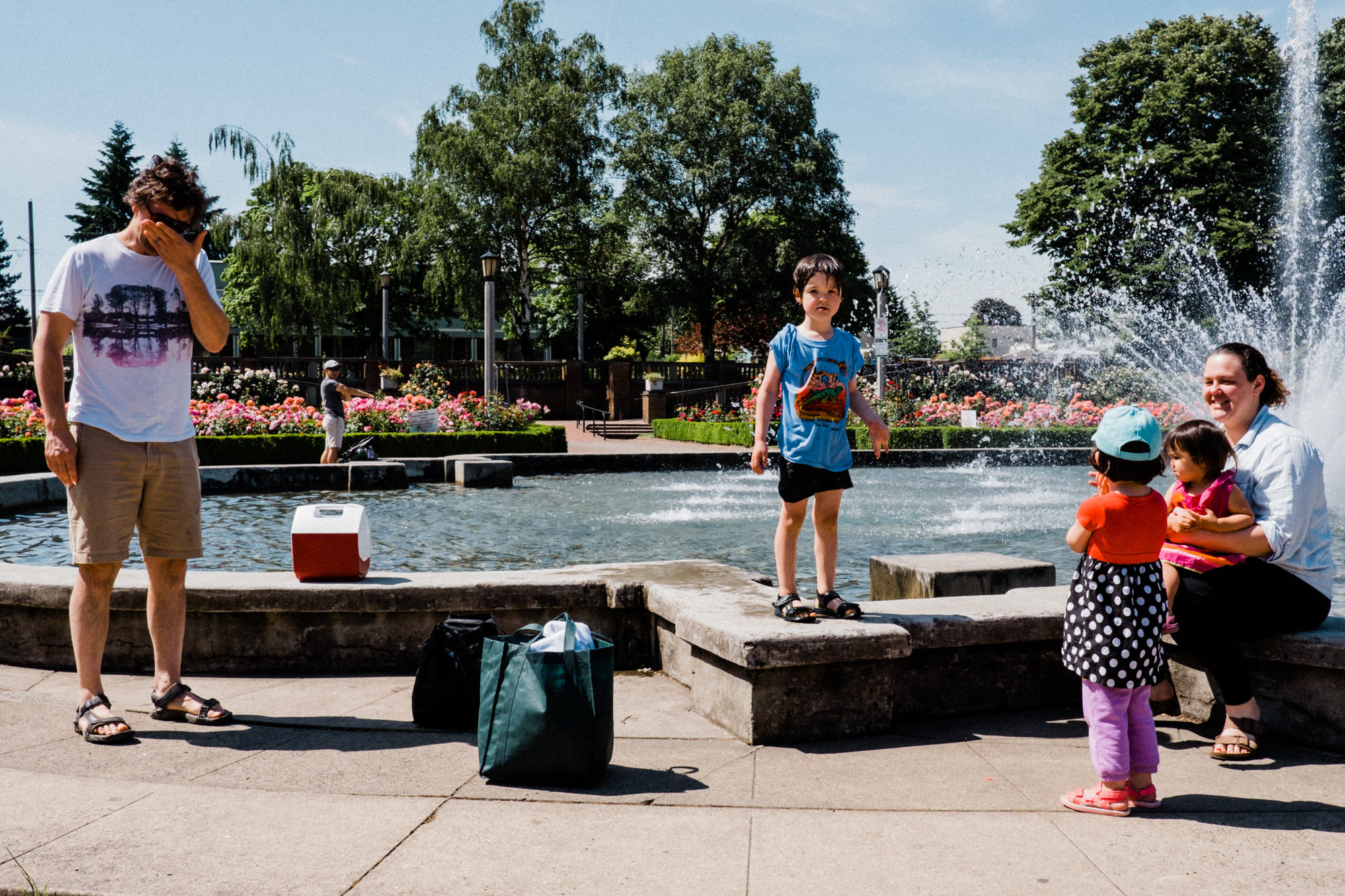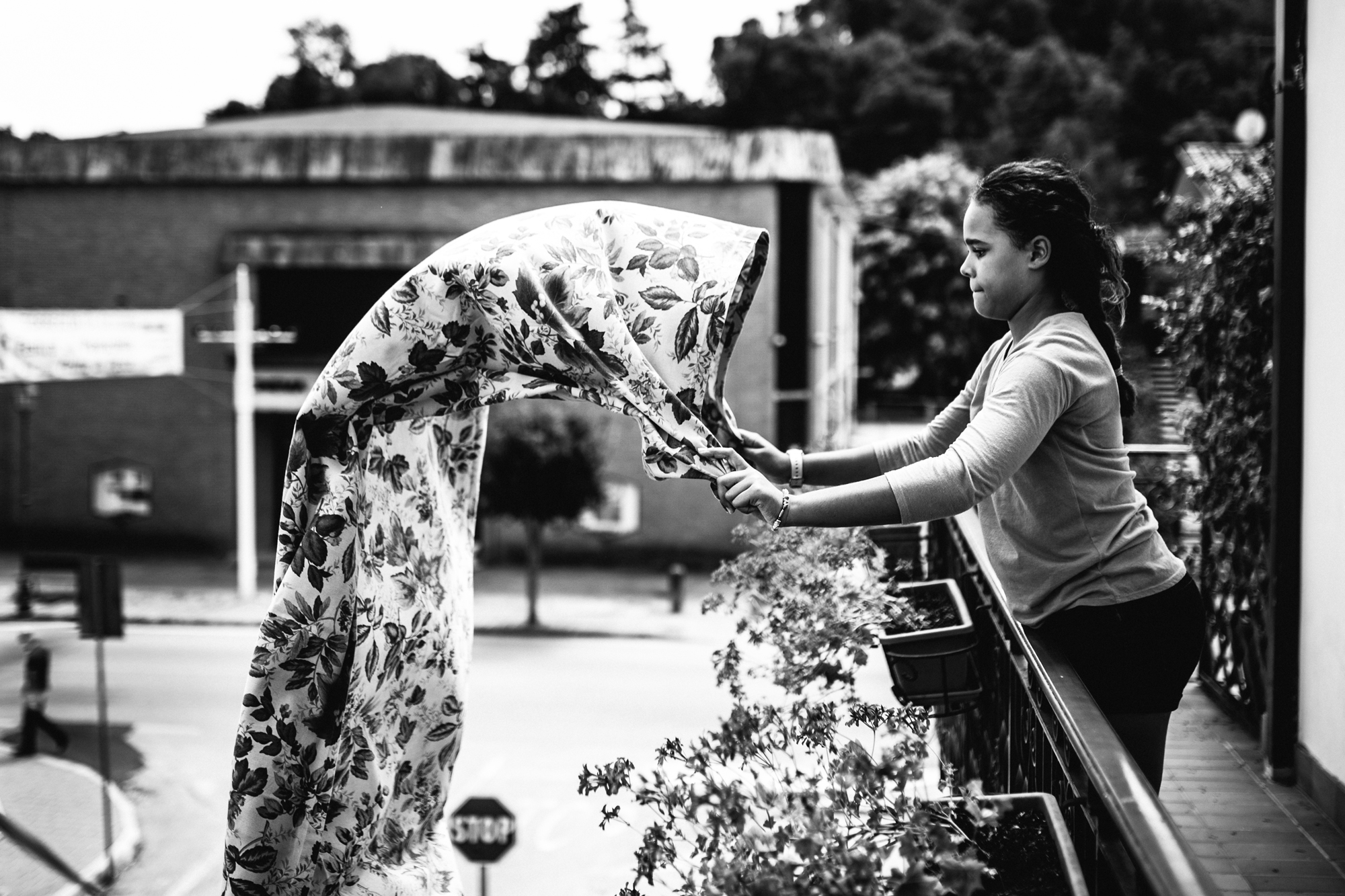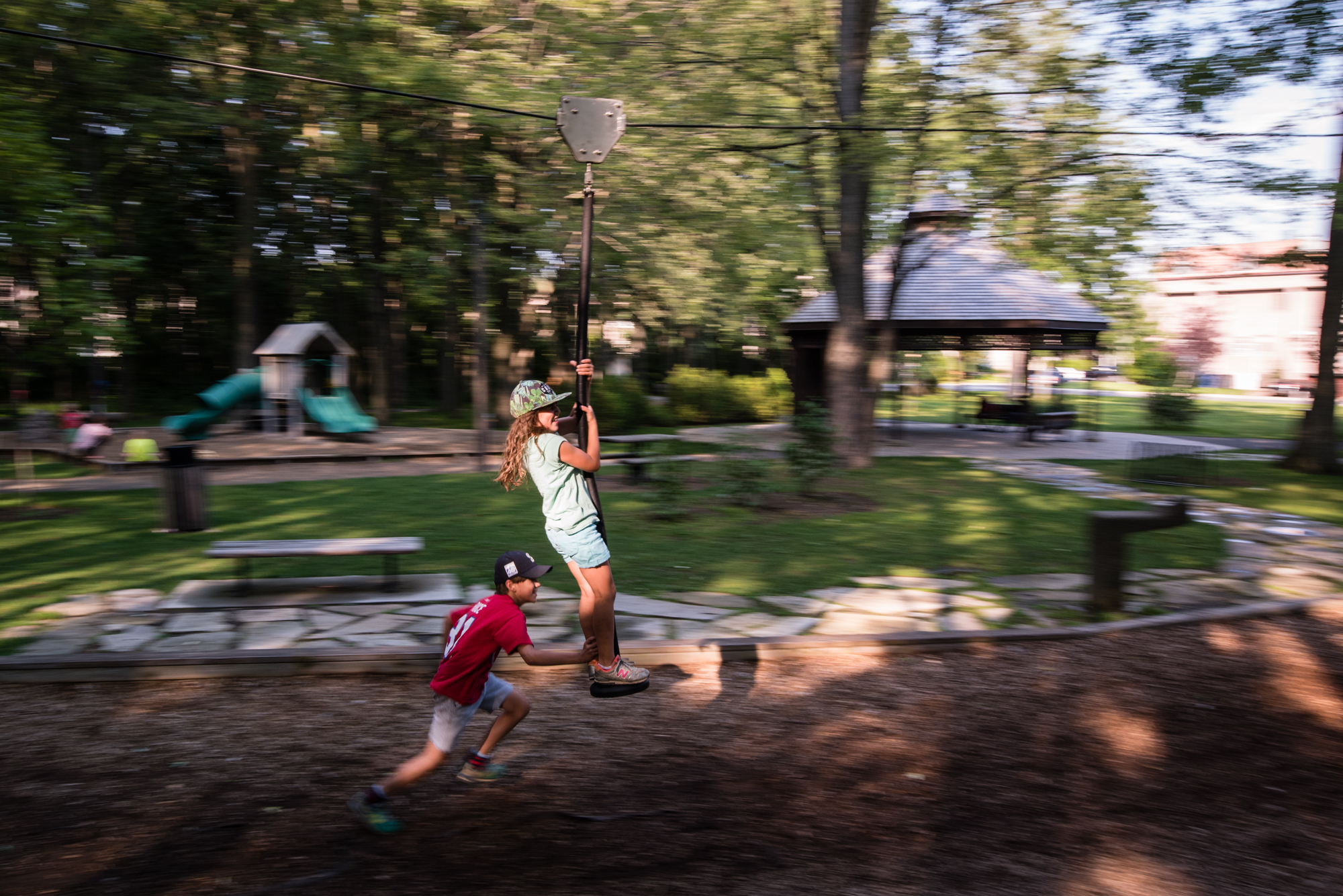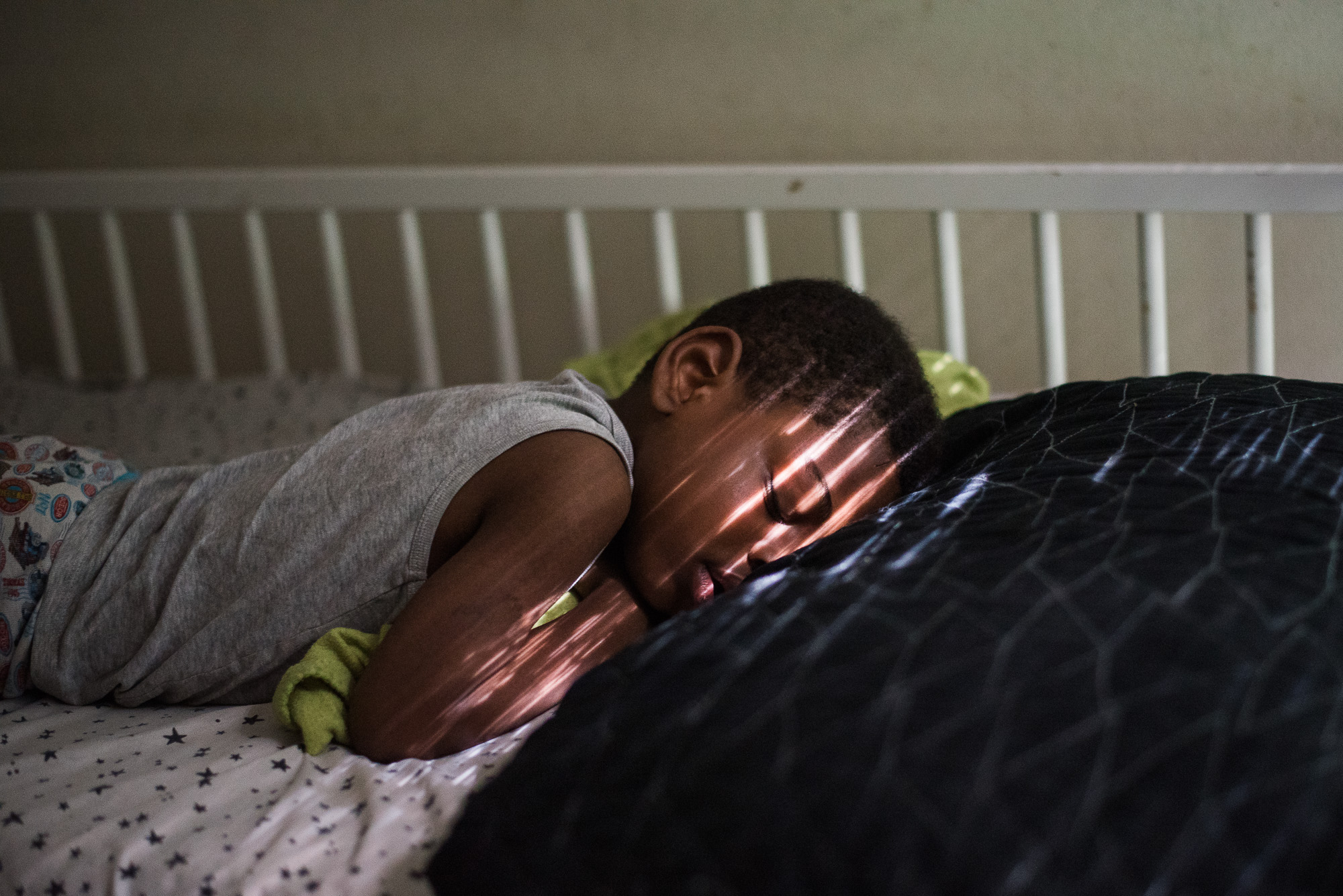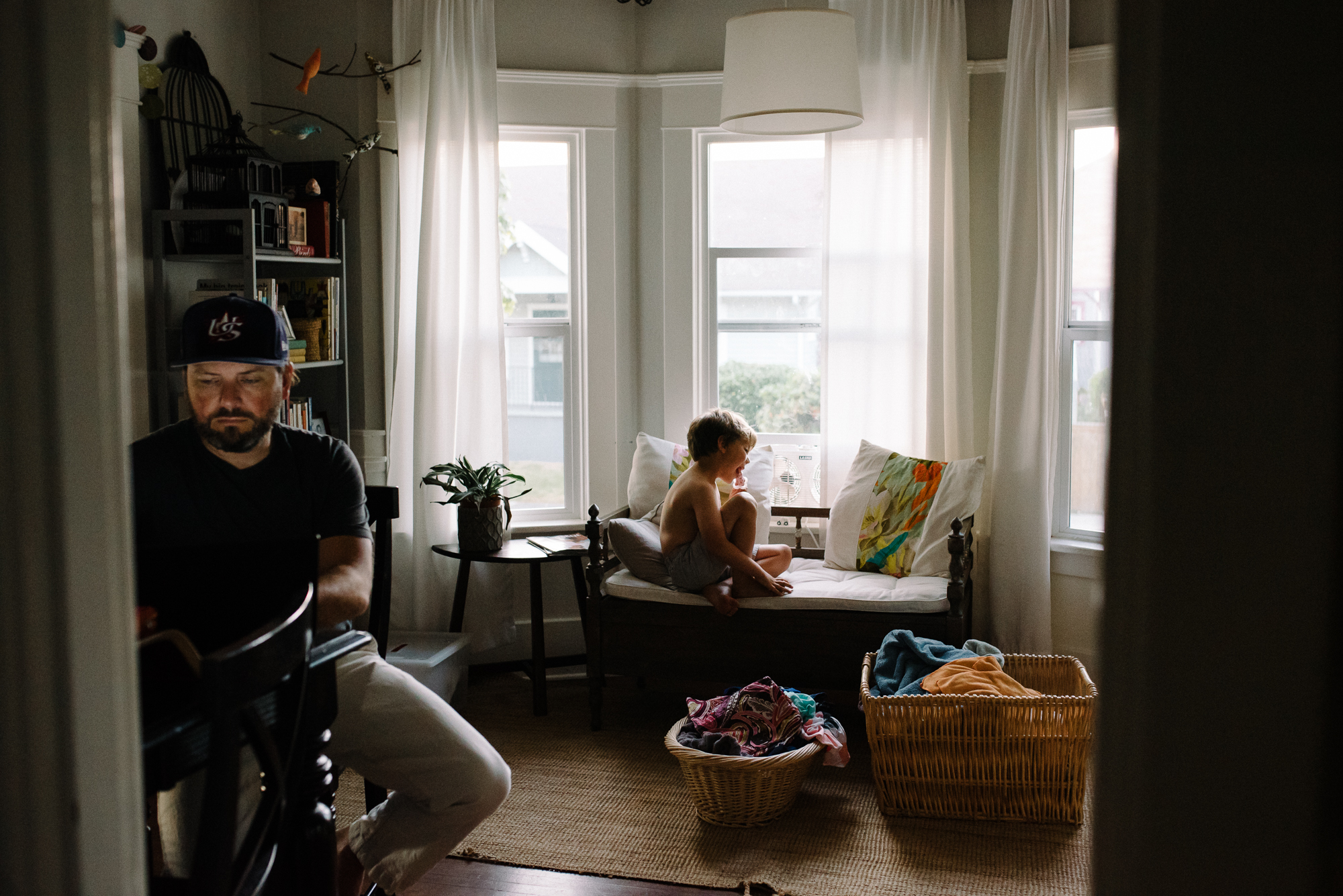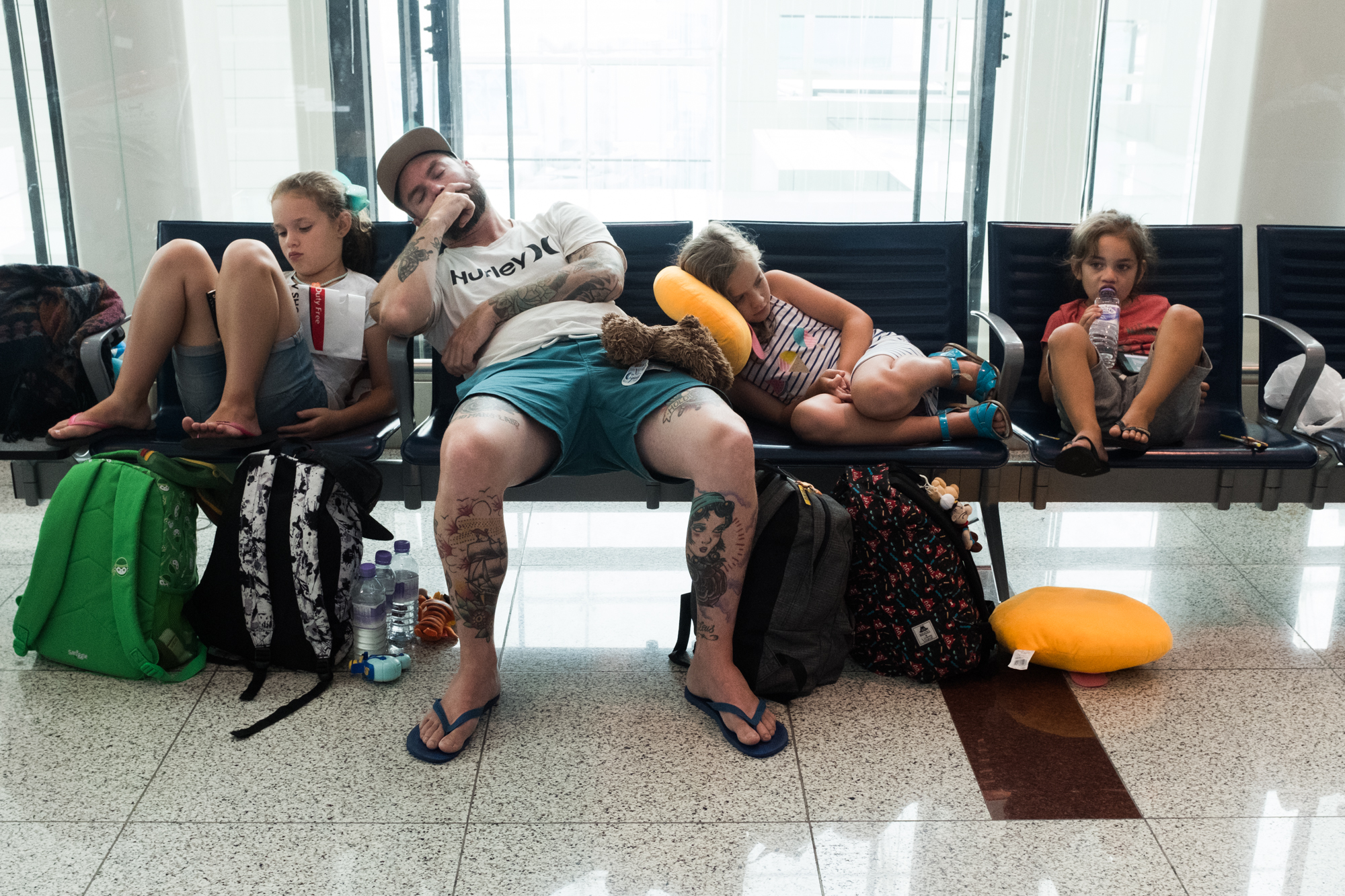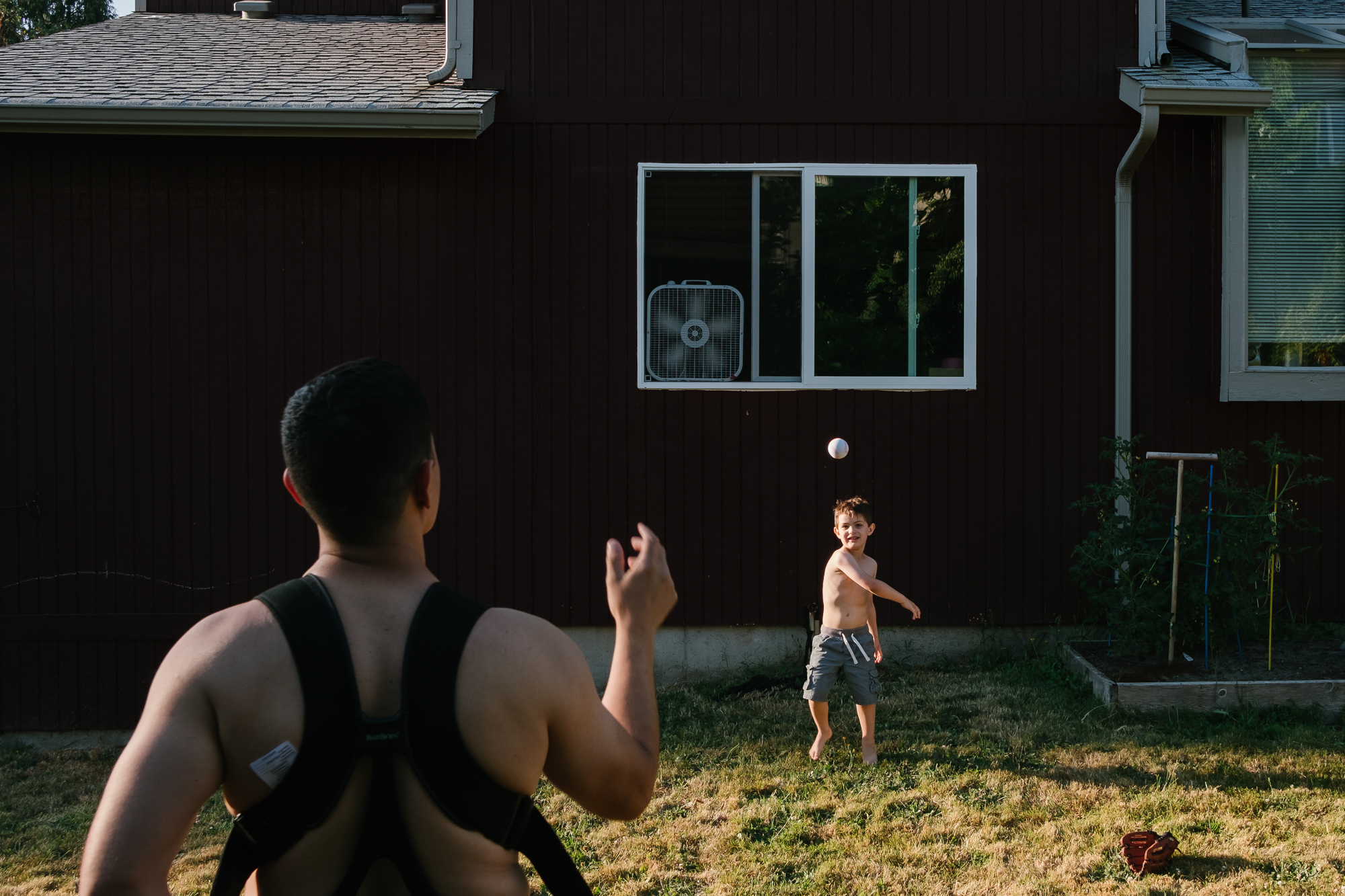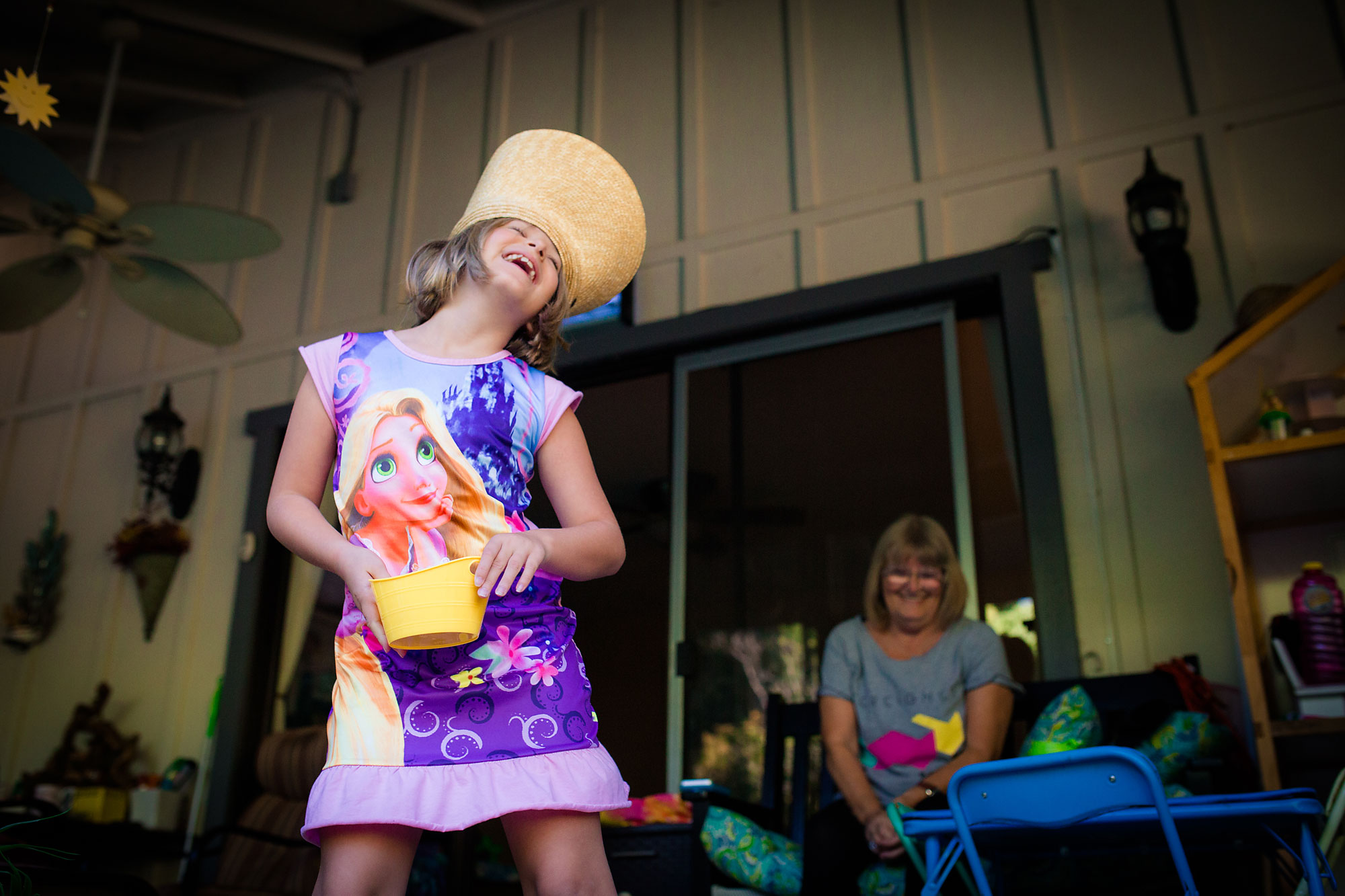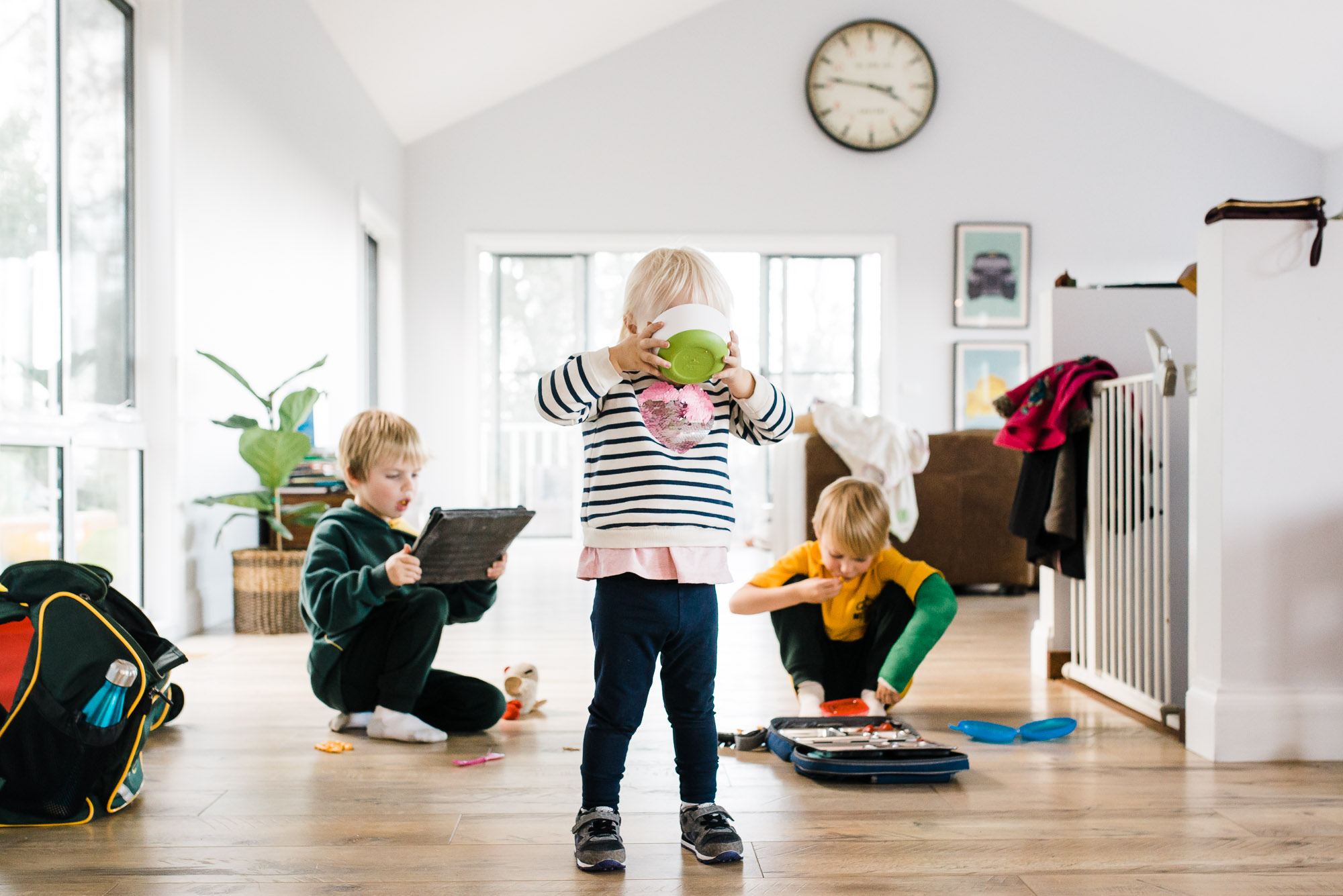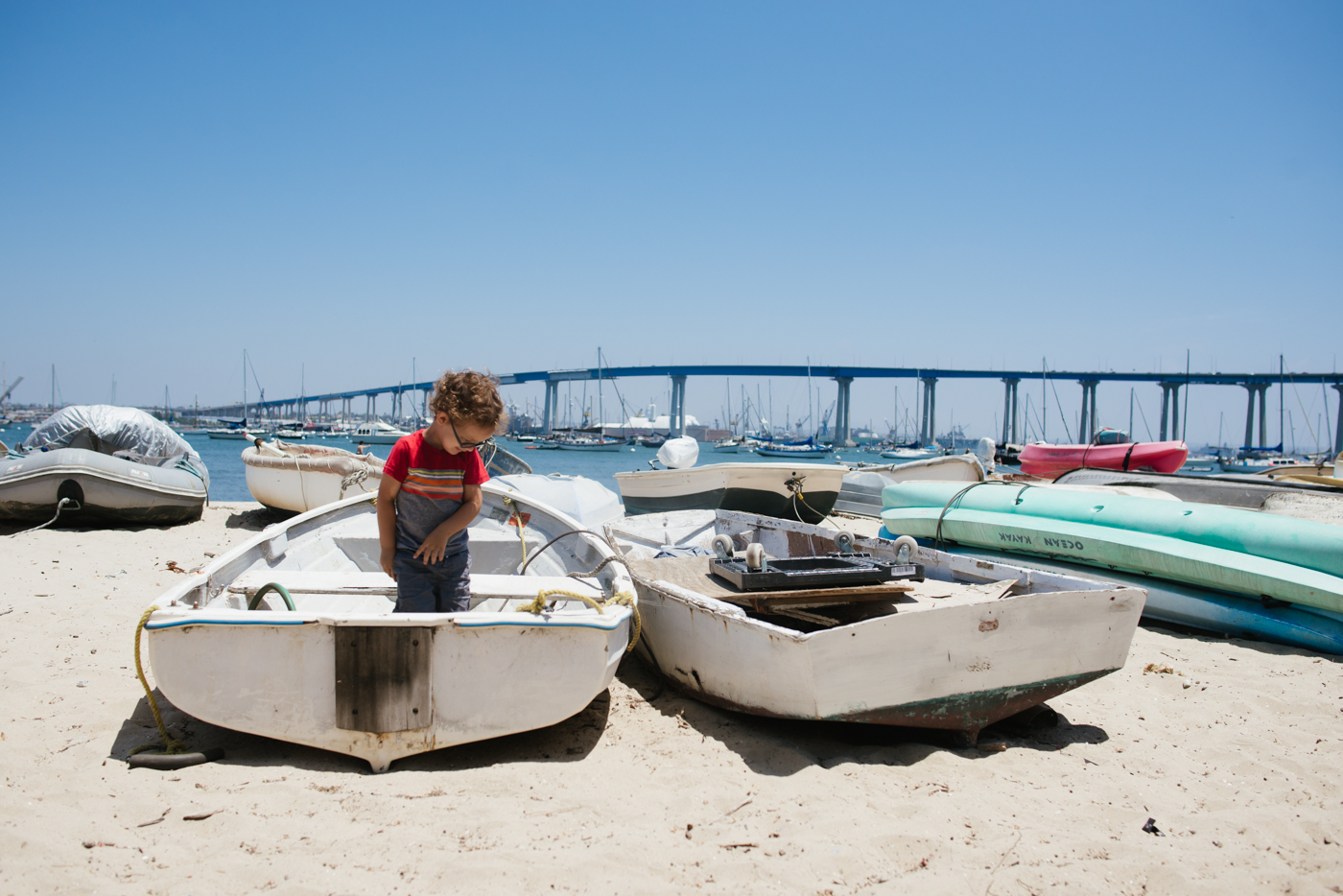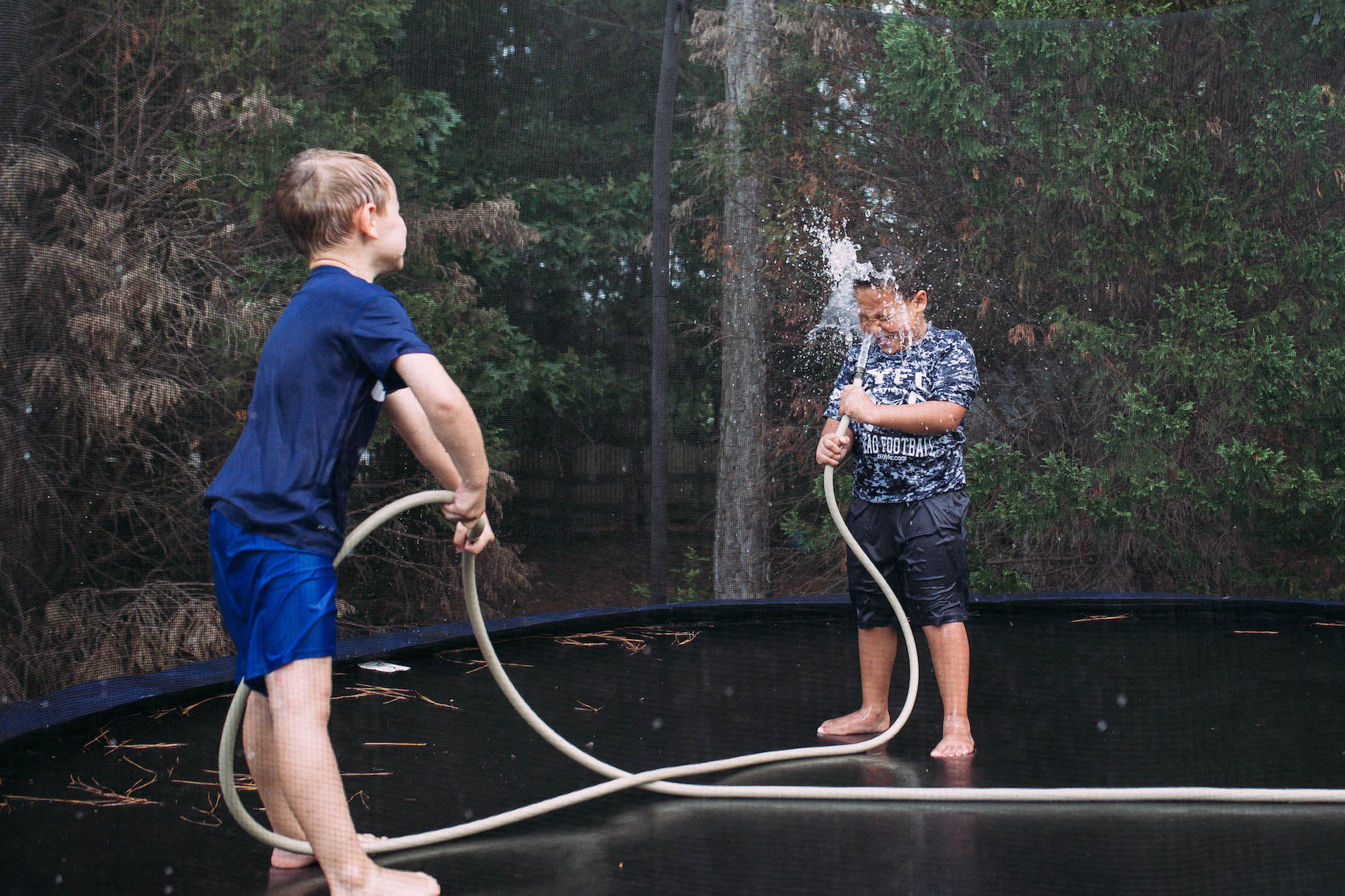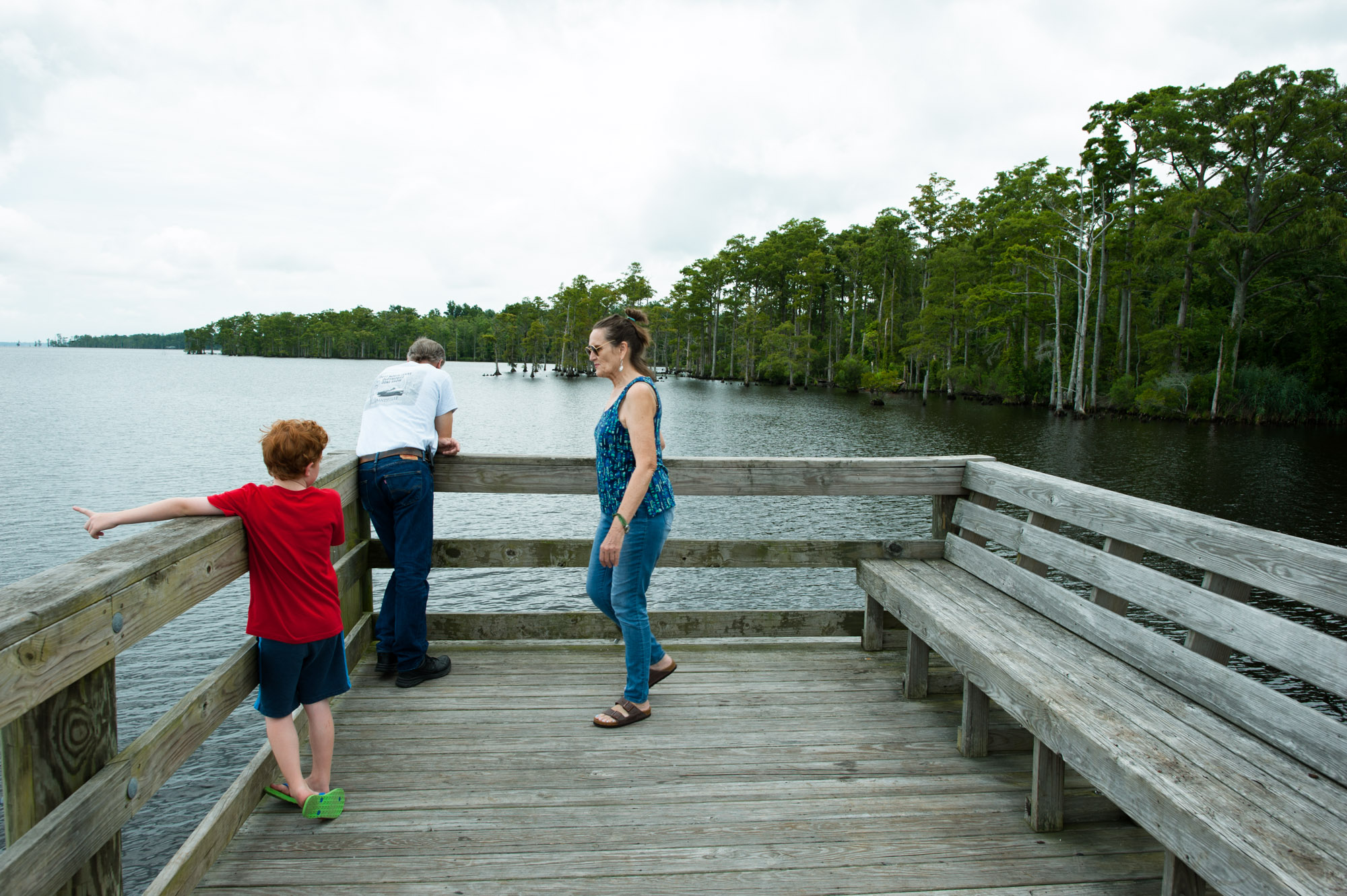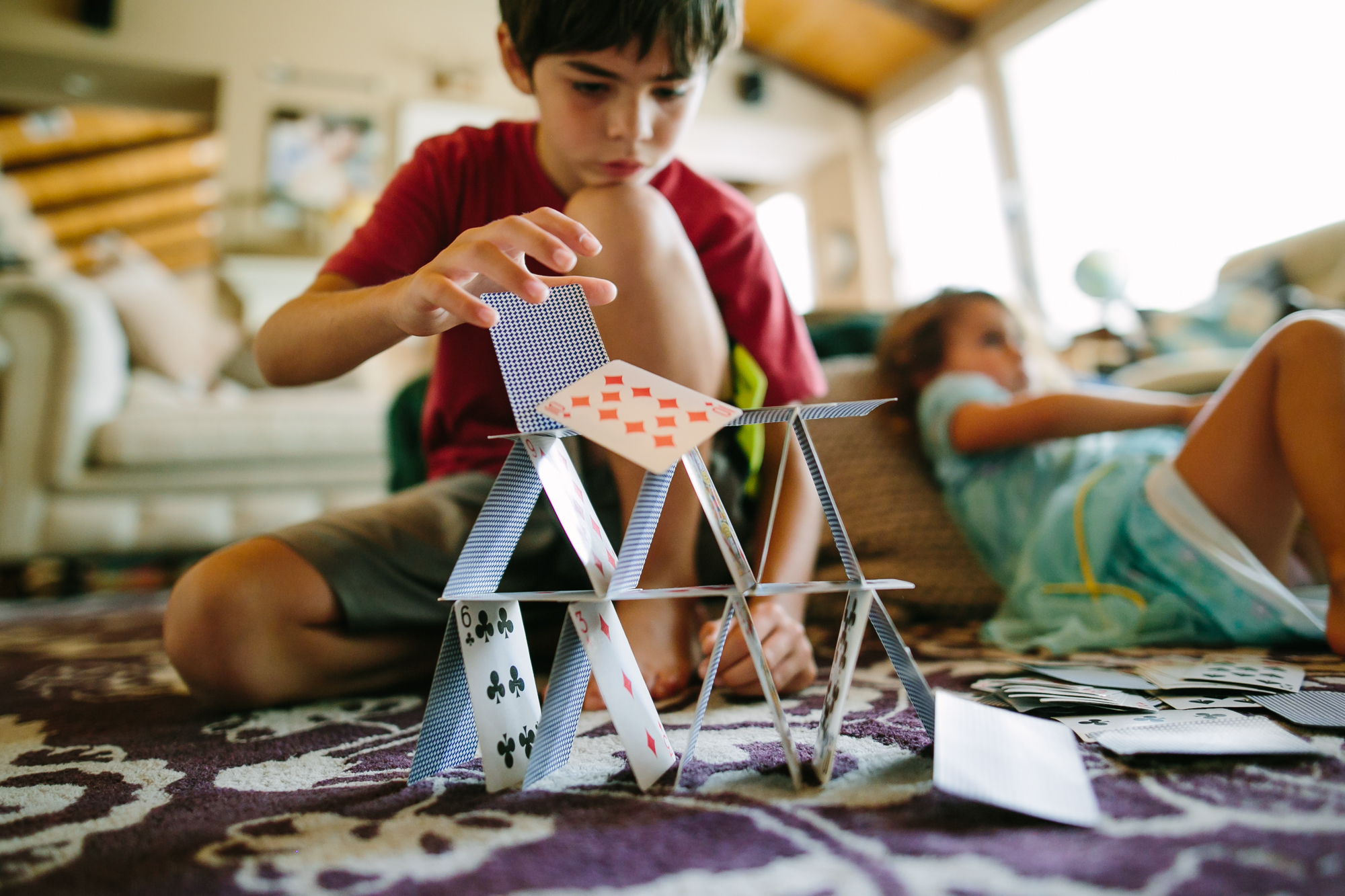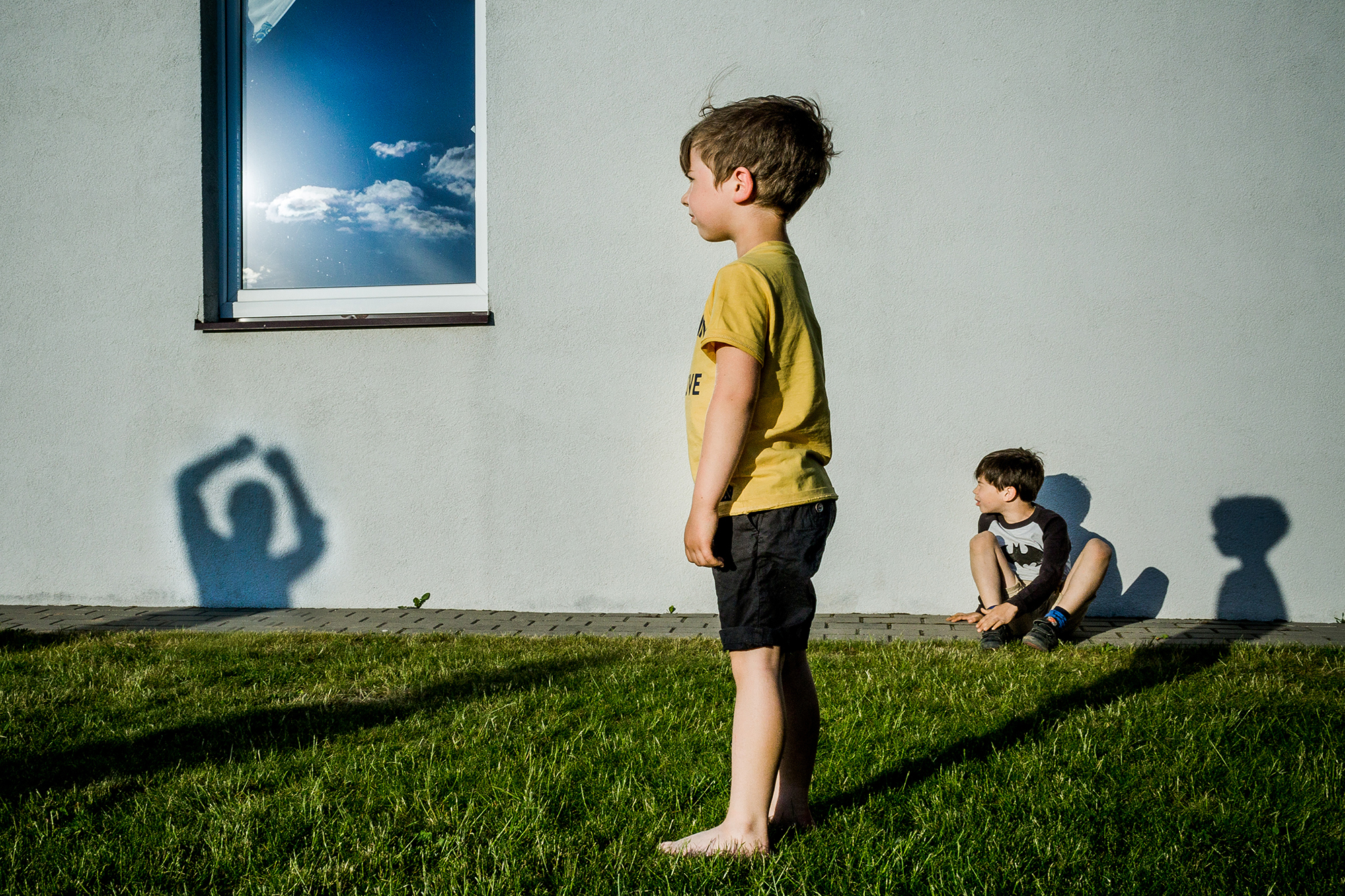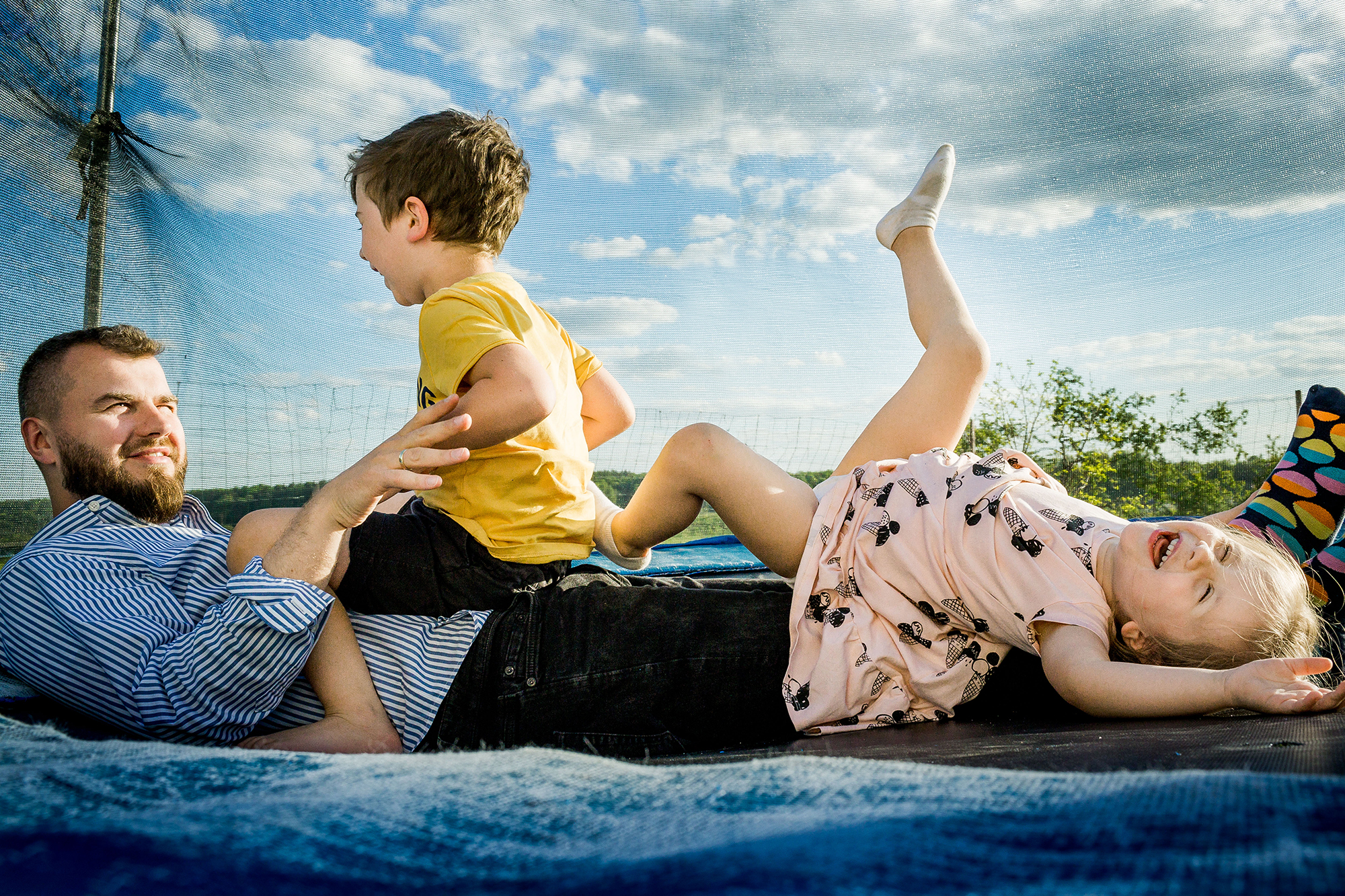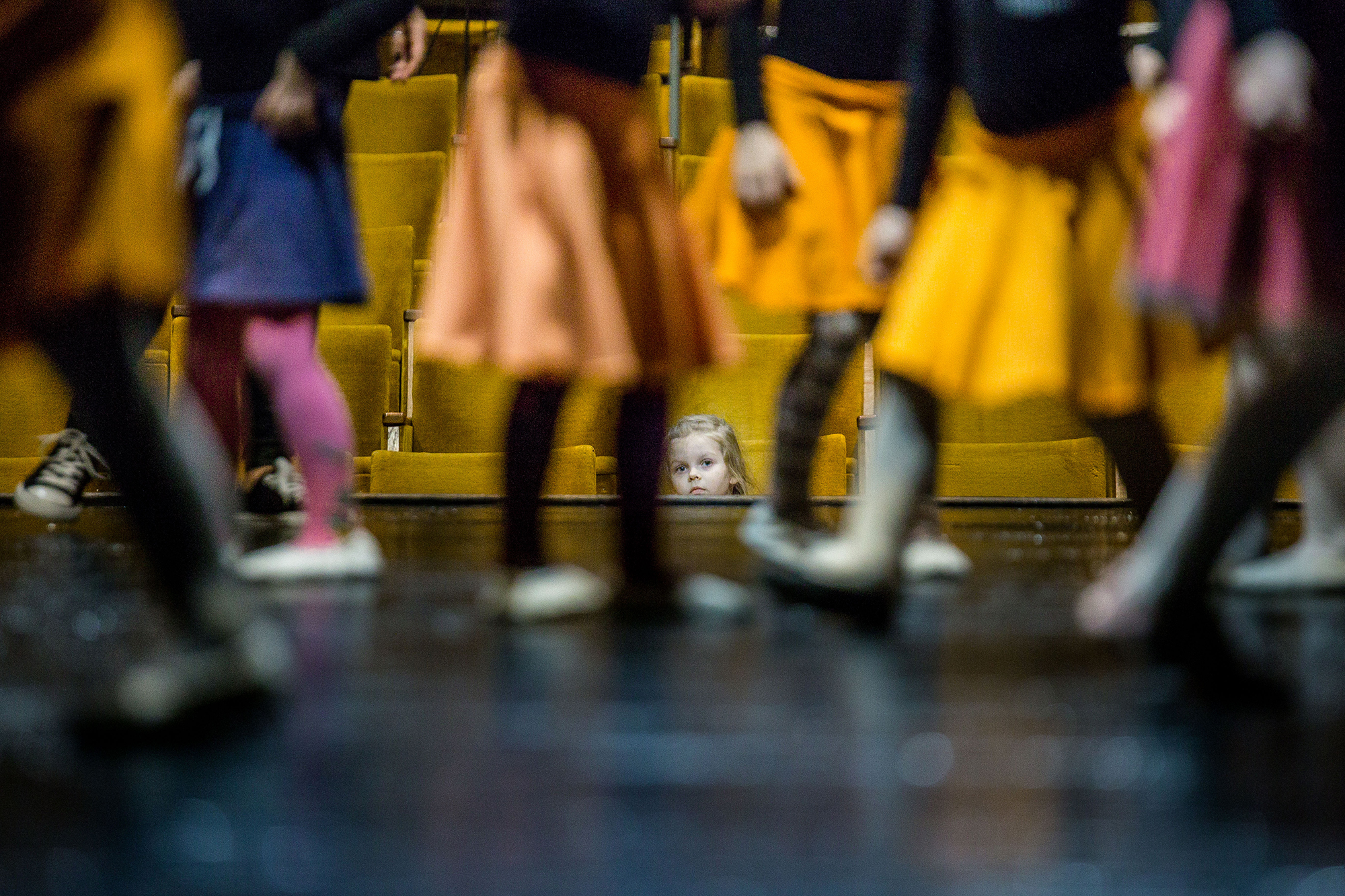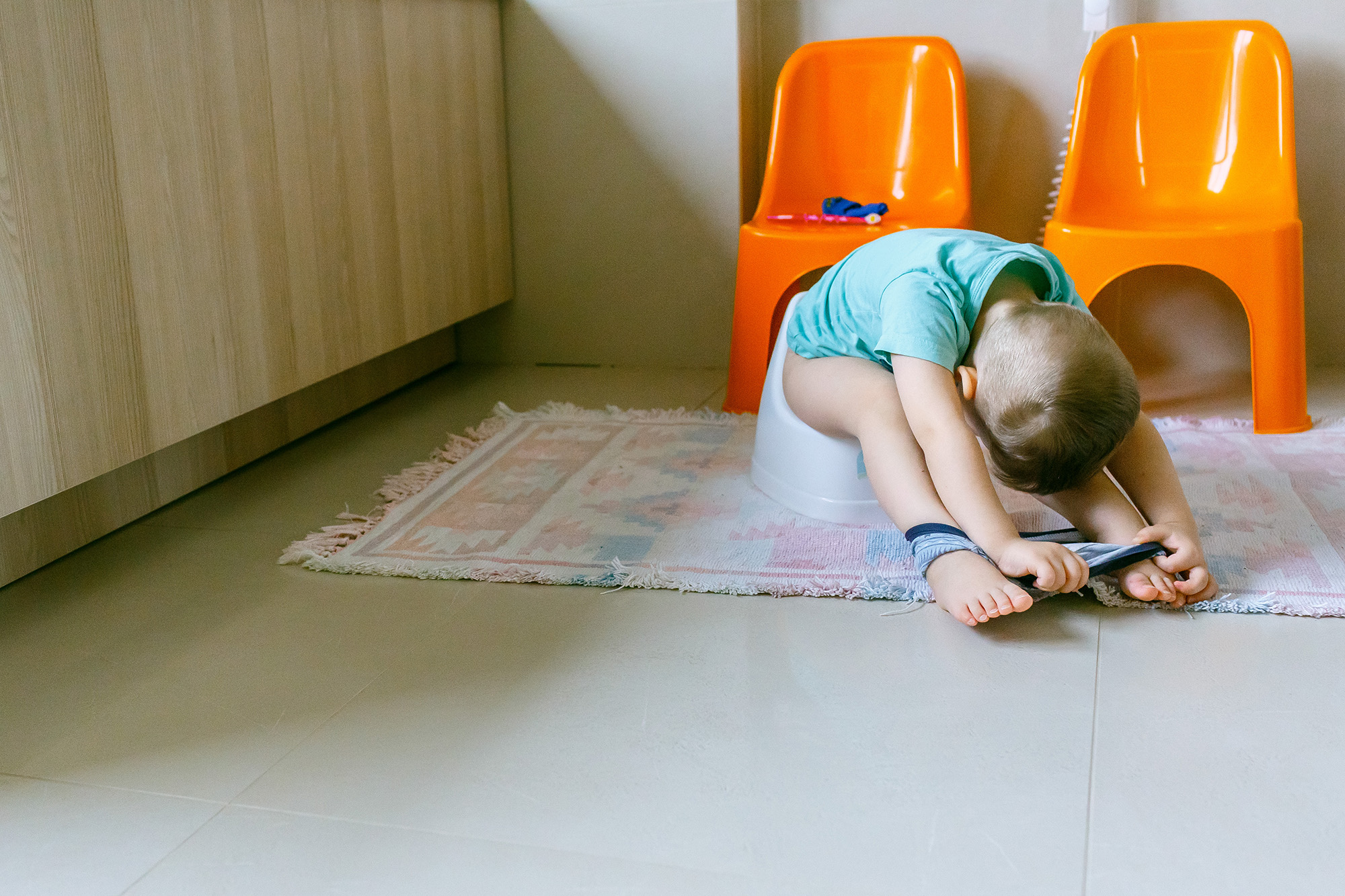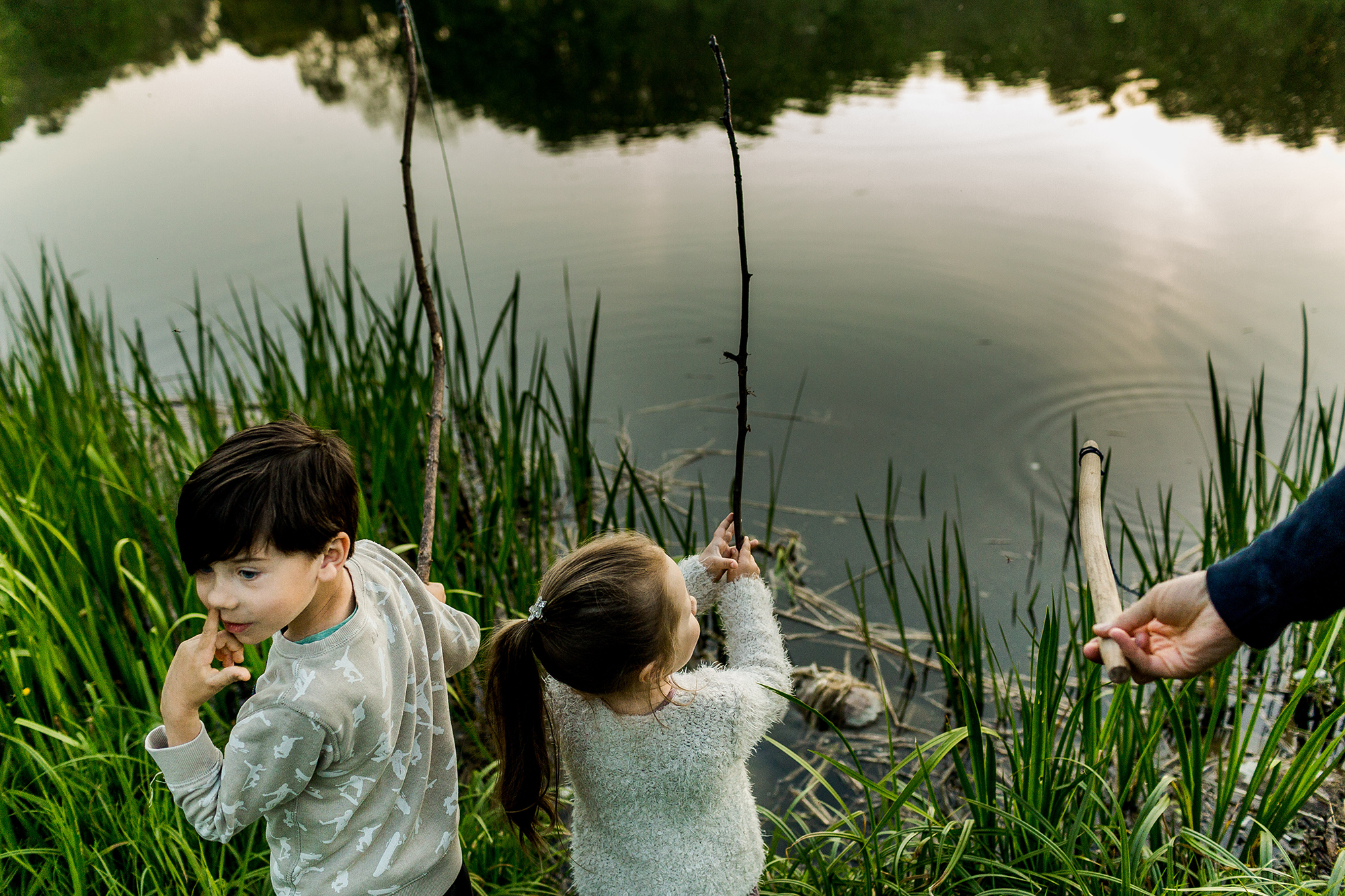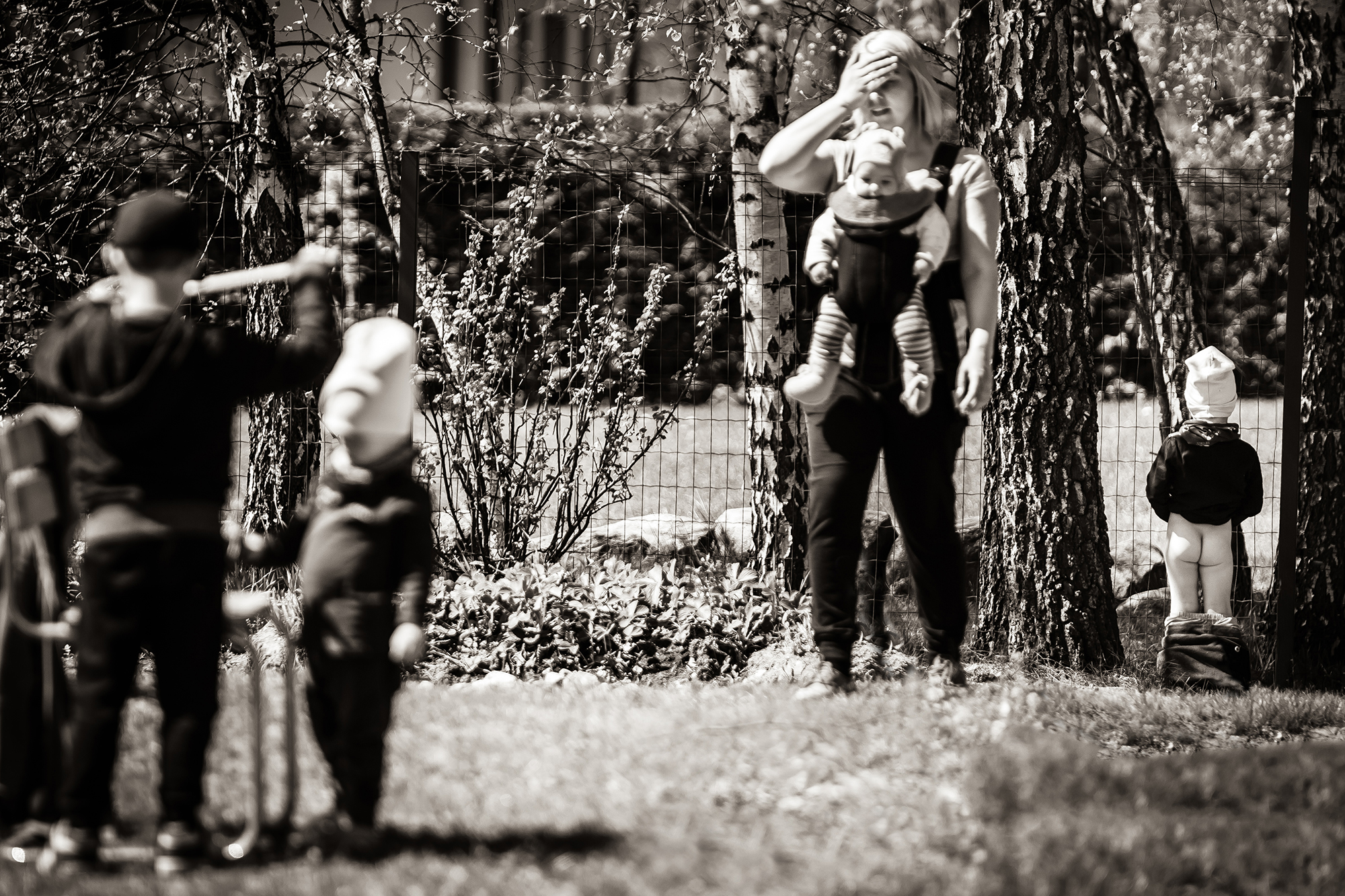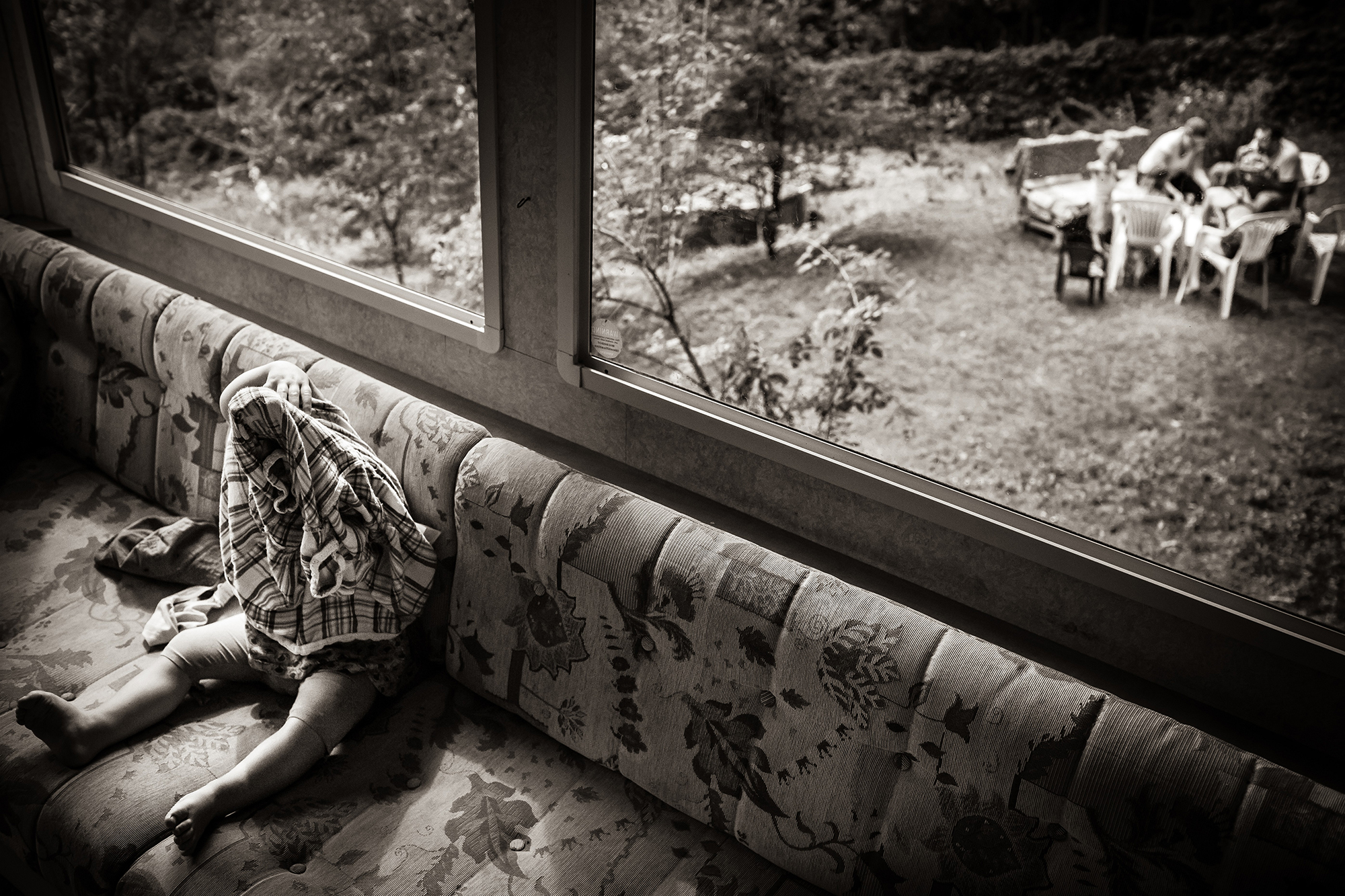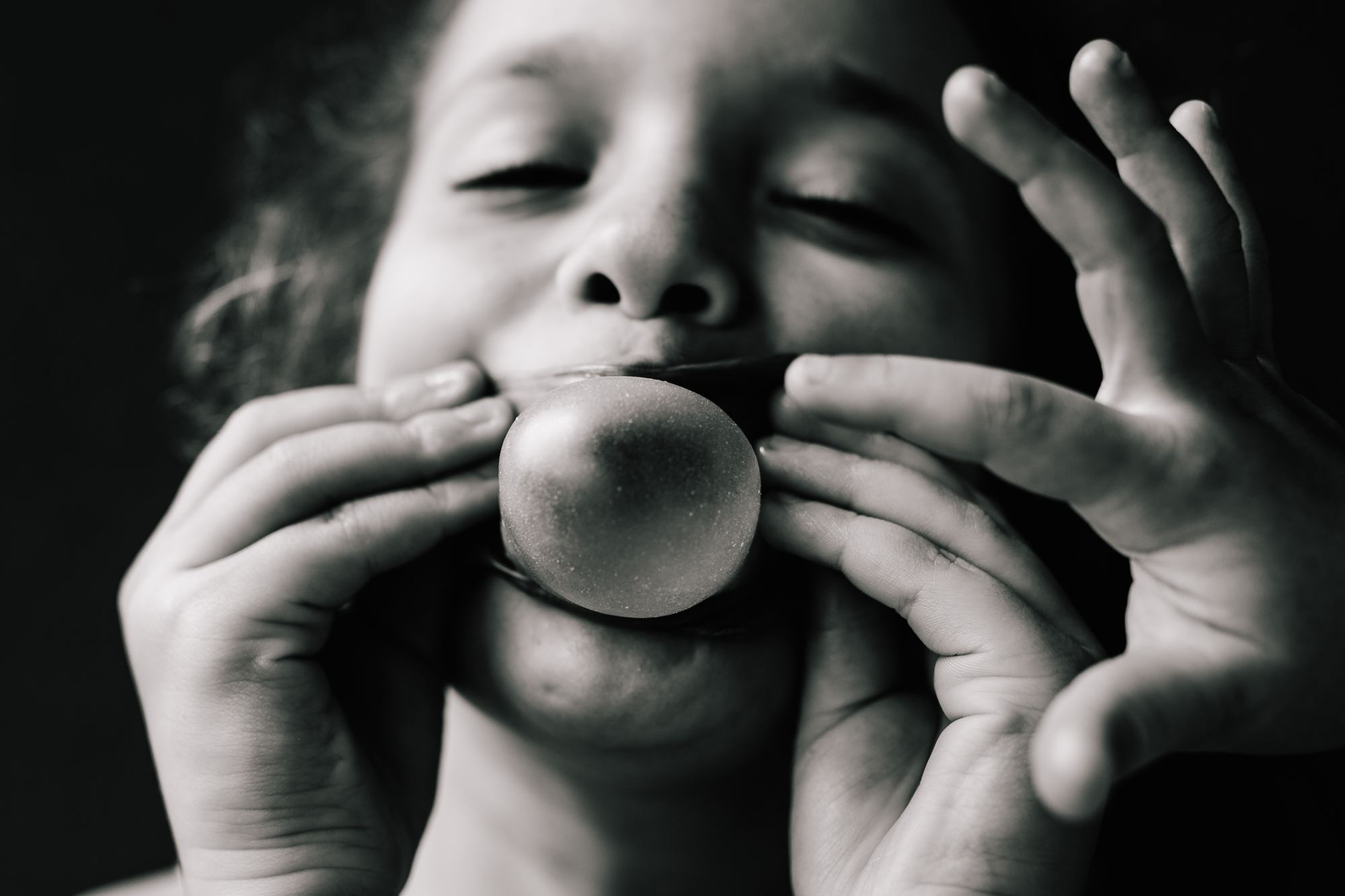
Photography, as an artistic medium, naturally tends towards the emotional side of things – photographs evoke emotion; we take photos to remember, to celebrate. Especially if you are a parent photographing your children, it is hard to take emotion out of it. As photographers, we also seem to be constantly told that we must put emotion into our work, that our photos should evoke emotion in others. Hell, there are countless workshops & ebooks out there with names like ‘how to evoke emotion during family sessions’, ‘capturing emotion’, ‘the art of emotion’, ‘capturing true emotion’, ‘the emotional child’, ‘adding emotion & feeling to photographs’ & so on & so forth. The list is endless.
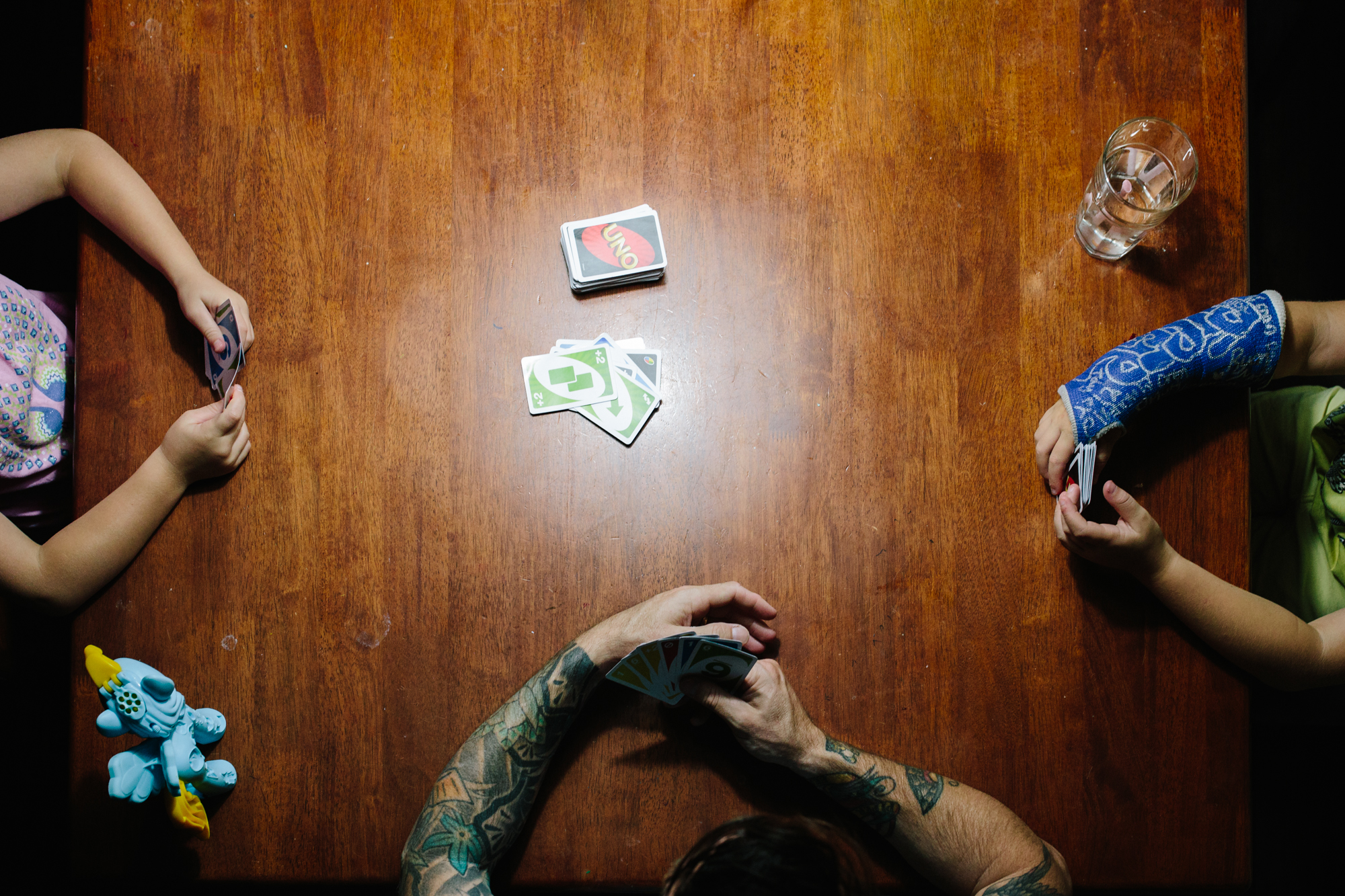
But here’s the thing, I think we have misinterpreted all of this emotion. Of course we want to photograph emotions, because what is life without them? But we need to take the emotion out from behind the lens. We need to separate the emotion from the artist. Taking the emotion out of our work will help make us better photographers – it will help us with making better photographs in the first place, help with culling & curating our work & it will help us deal with where we are at as artists, as opposed to where we want to be.
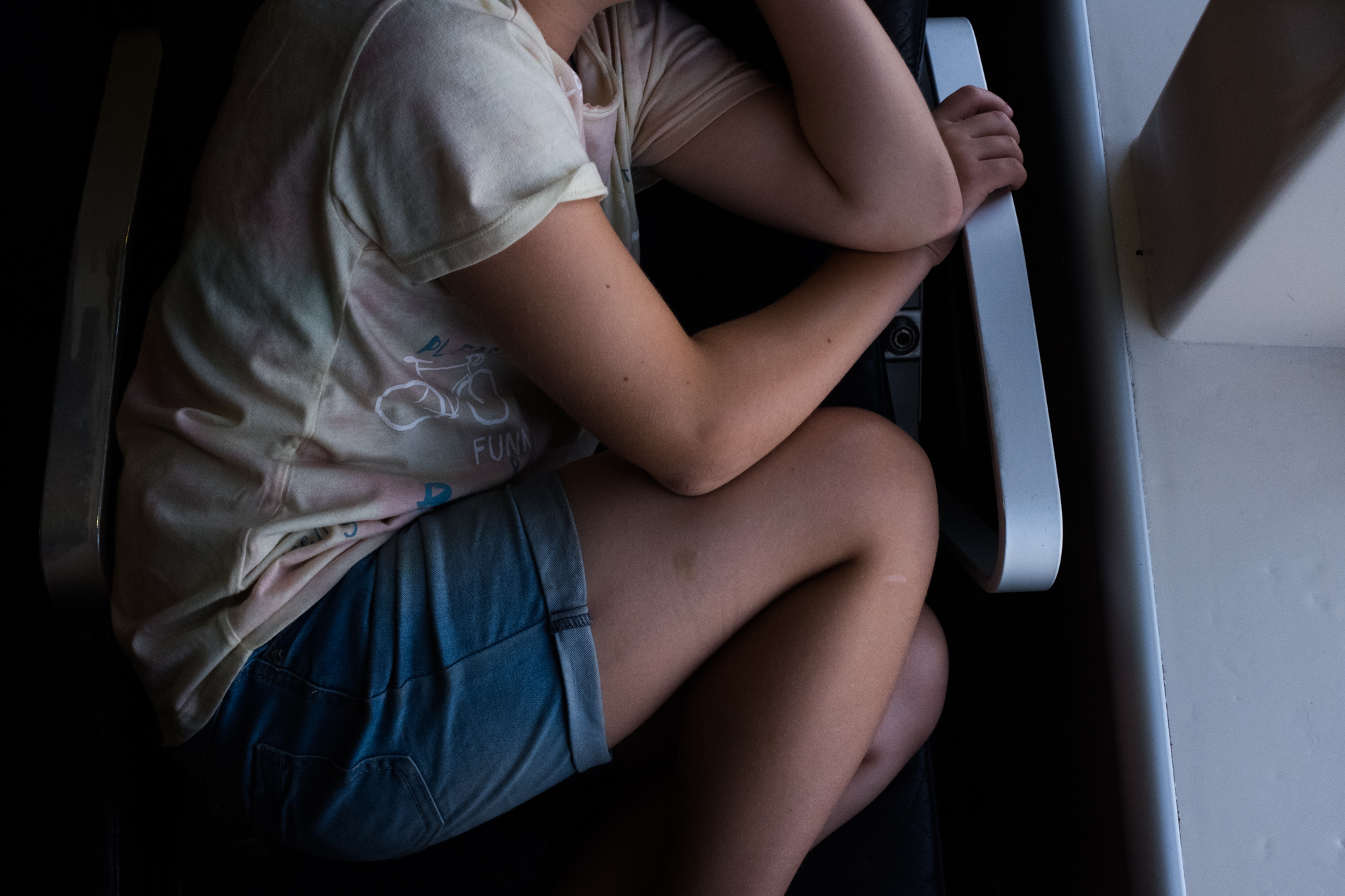
Let’s take a look at how this will help.
When making your photographs, concentrating on the basics of composition, framing, micro composition, just to name a few things that you should be looking for, should help you to take technically stronger photos. For me, concentrating on those things helps me to detach a little from the emotional aspect of taking a photo(especially when it is of your own children.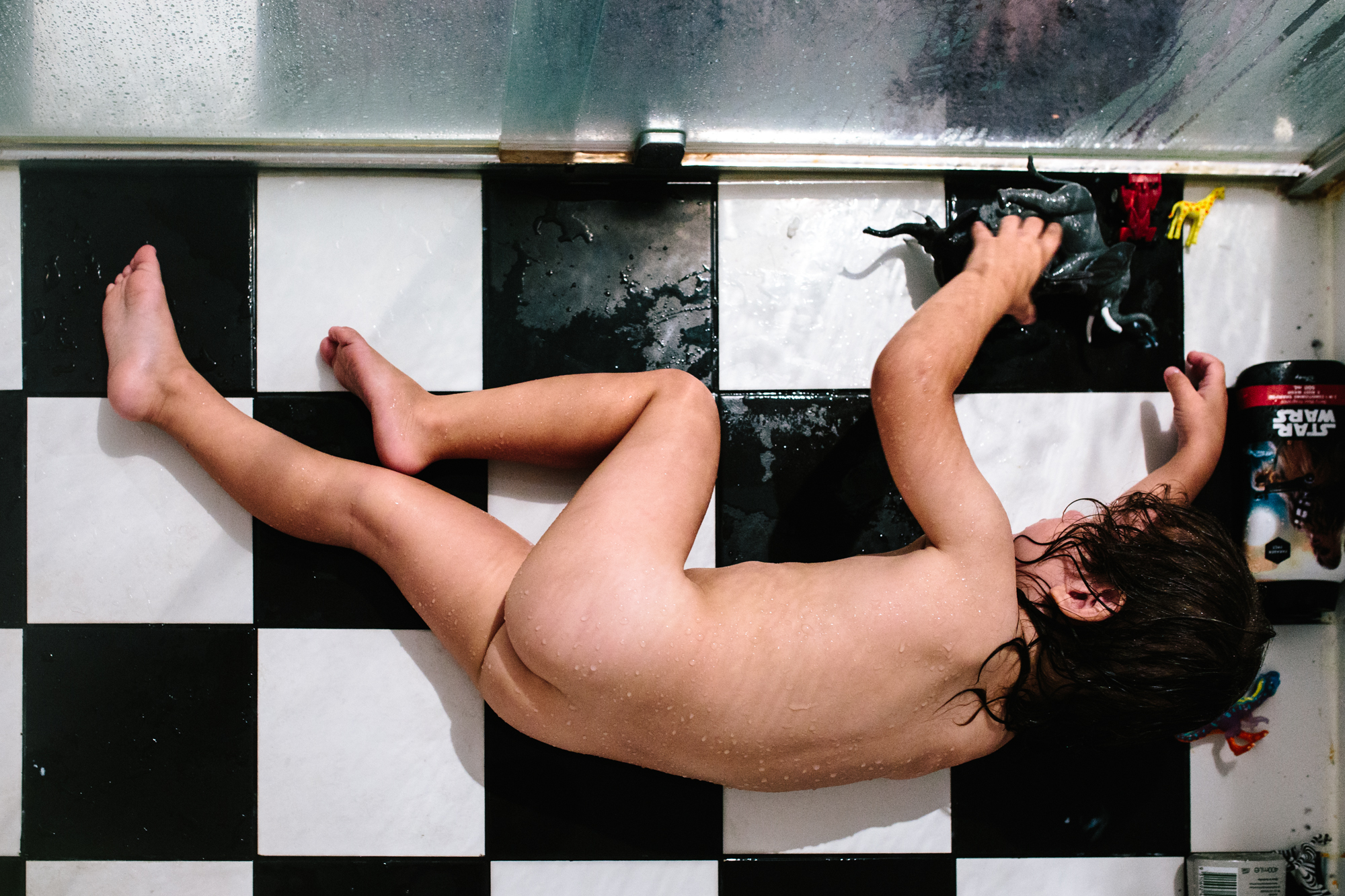
When culling your photographs it is best to take a step back before viewing what you have taken. I usually wait at least a week or two before viewing photographs that I have taken. That way, I am a little more detached & less likely to make decisions on what photographs to keep & which to toss based on emotion. This, for me, helps me get down to the best photos that I had taken in the session, rather than having my judgement clouded by all of that emotional attachment. I can ask myself, ‘do I think that this photograph is good because of the emotion that I have attached to it, or is it actually good on it’s on merit?’ & answer honestly.
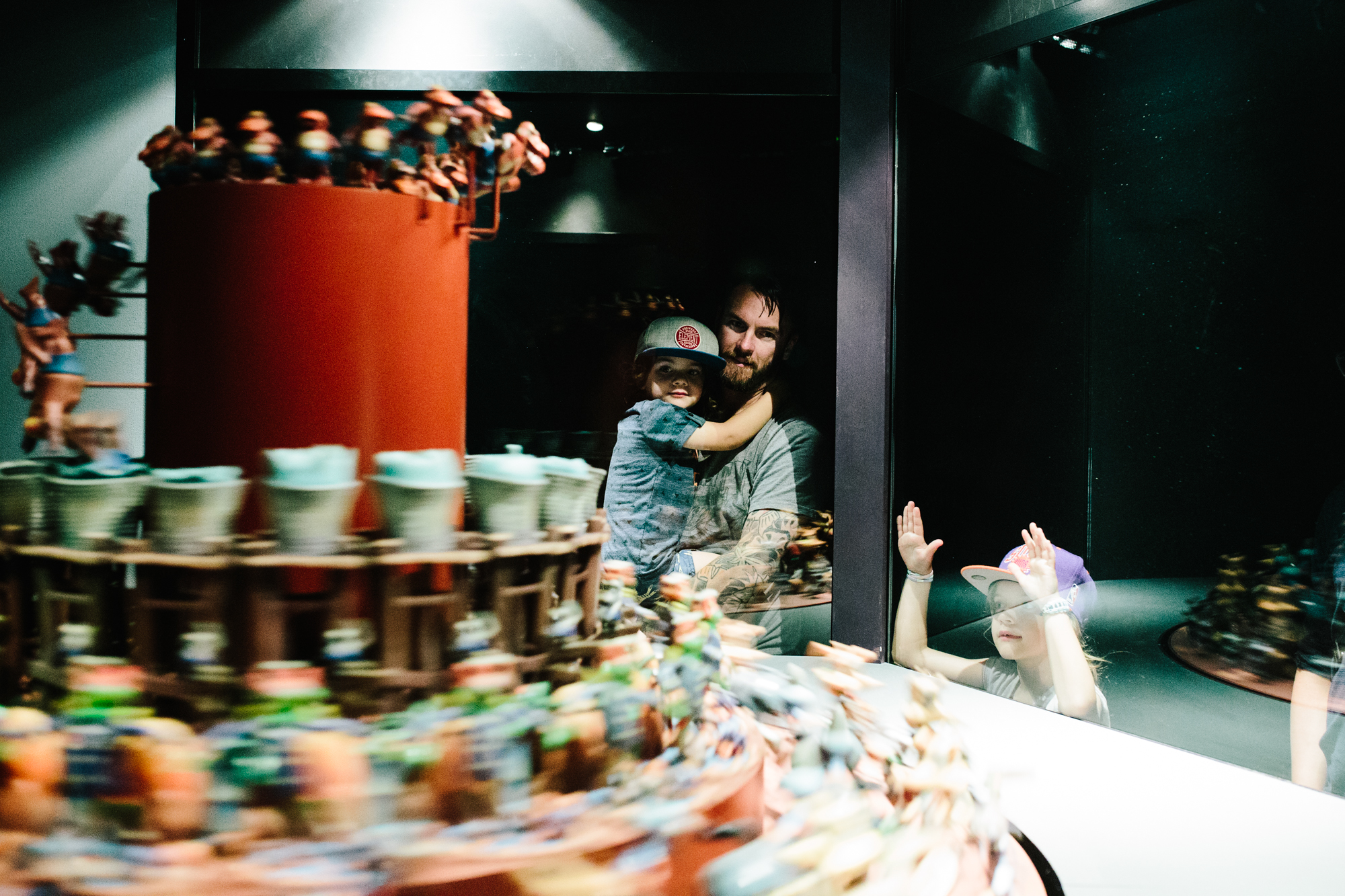
When curating your photographs leaving emotion at the door will help you select your best work to showcase. When those Mum/Dad goggles are removed, we can see more clearly & analytically what is well & truly our best work. No one wants to see 200 photos in a blog post because you couldn’t decide on which photos to share because you are too attached to them.
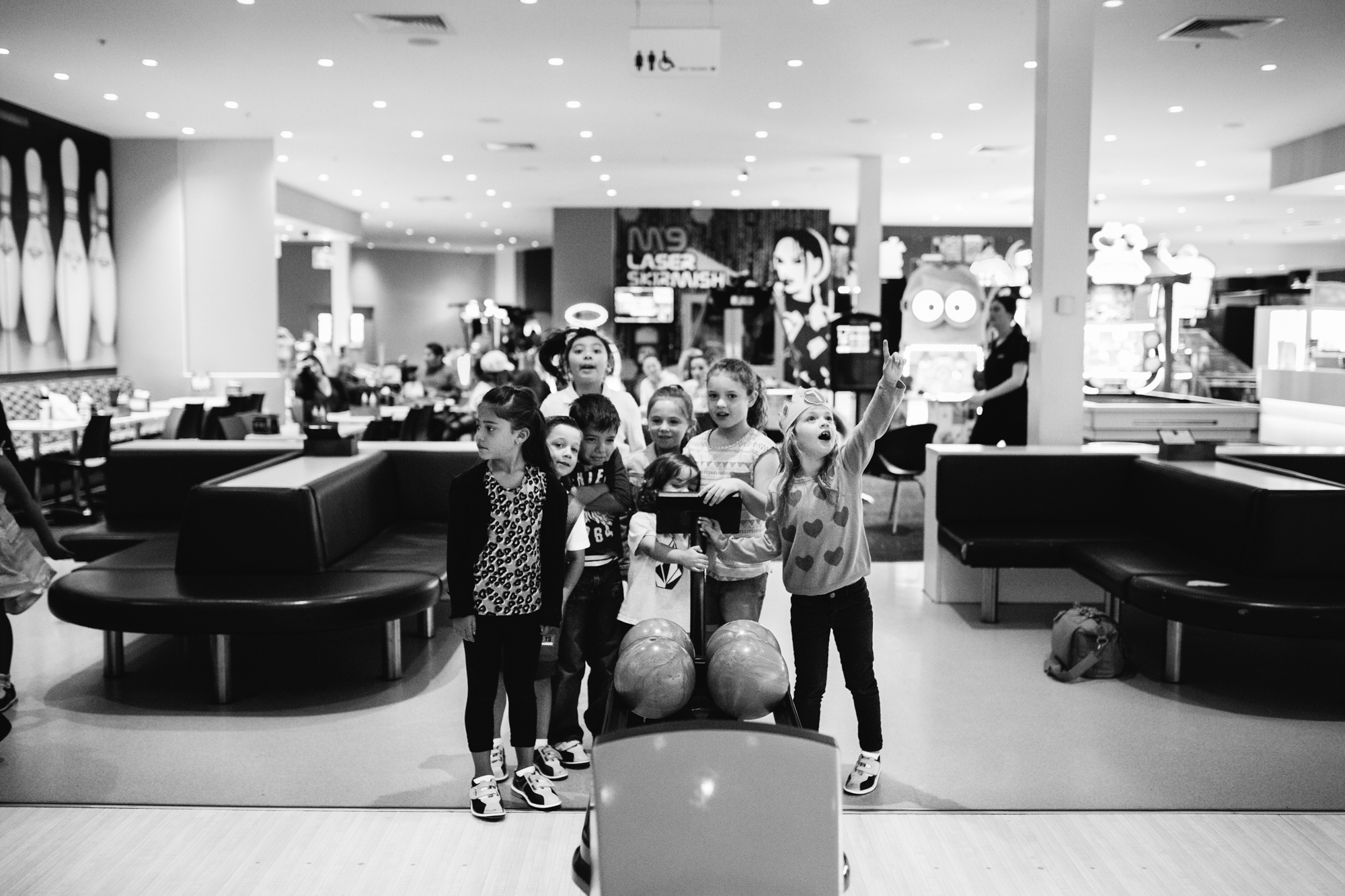
Submitting work for critique, competitions, exhibitions or anywhere that your work will be judged, is hard. It’s even harder when you can’t separate your personal attachment to a photograph. Receiving critique on a photo that you are emotionally attached to makes it feel like you are being kicked in the guts when ever someone points out areas or improvement or that the photo doesn’t actually work at all. If you have acted as the emotional gatekeeper before submitting the photo in the first place, you will be better placed to receive any feedback that could help improve your work.
So basically, I’m saying keep the emotion in front of the camera while being an emotionless husk behind it!
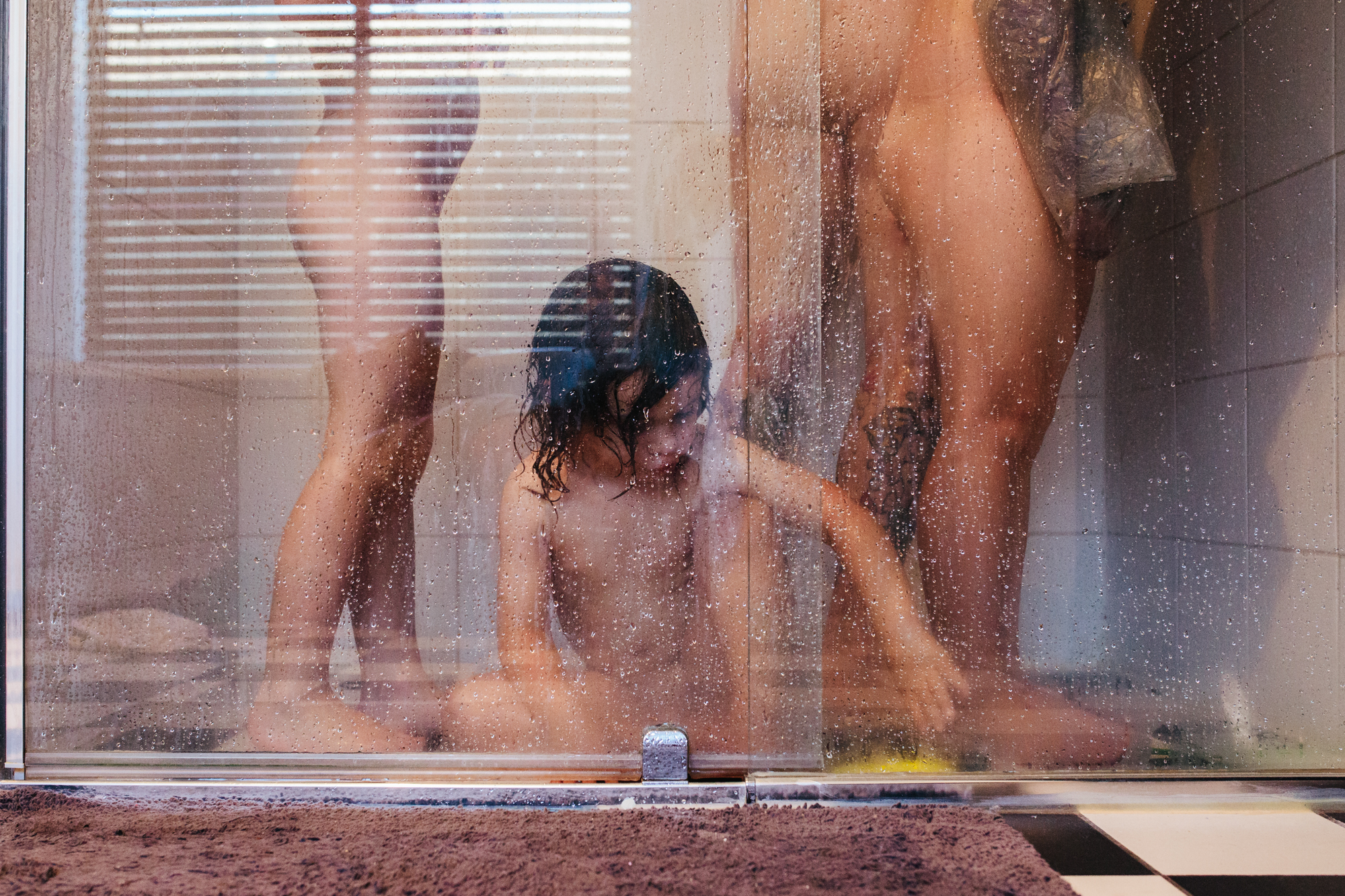
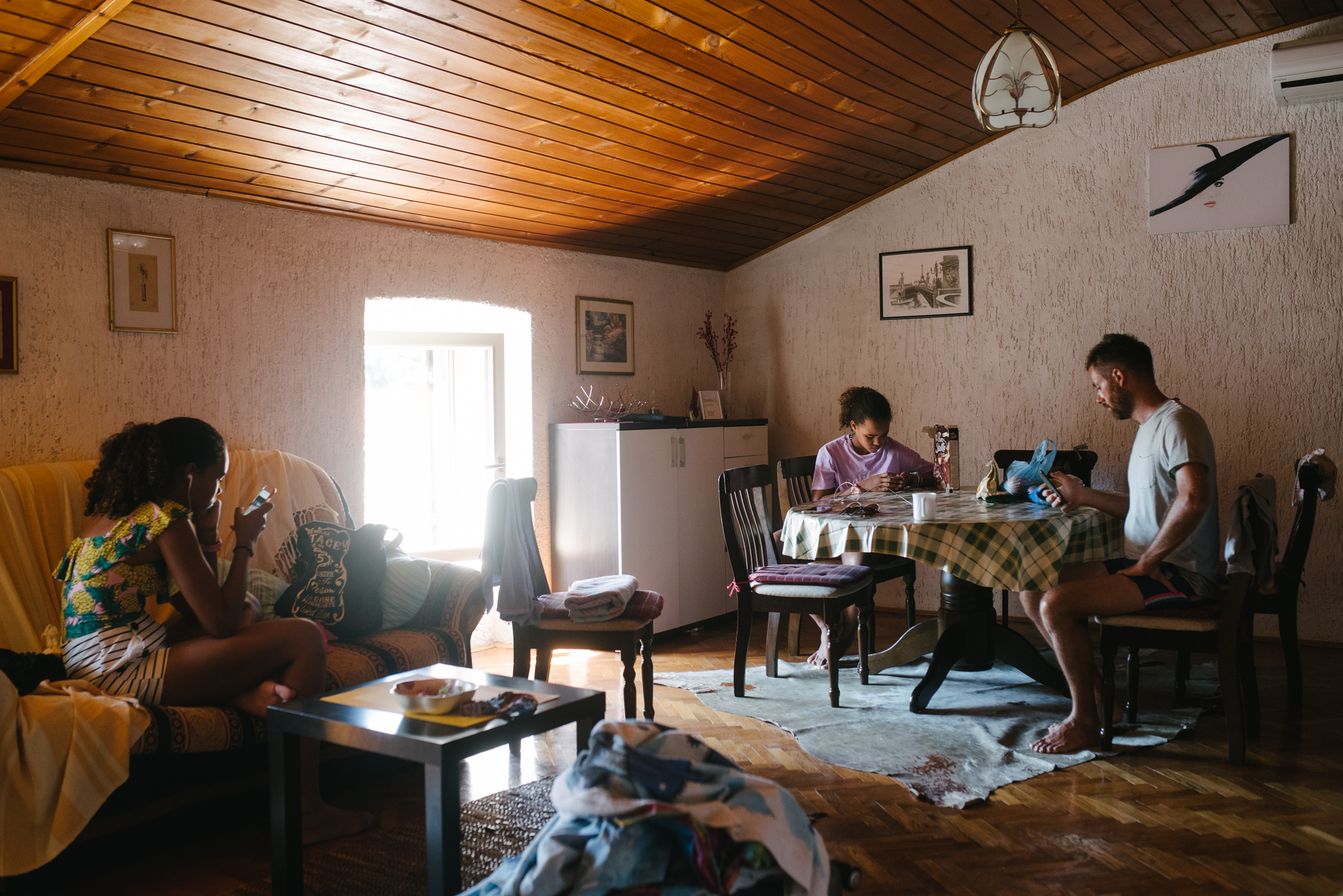
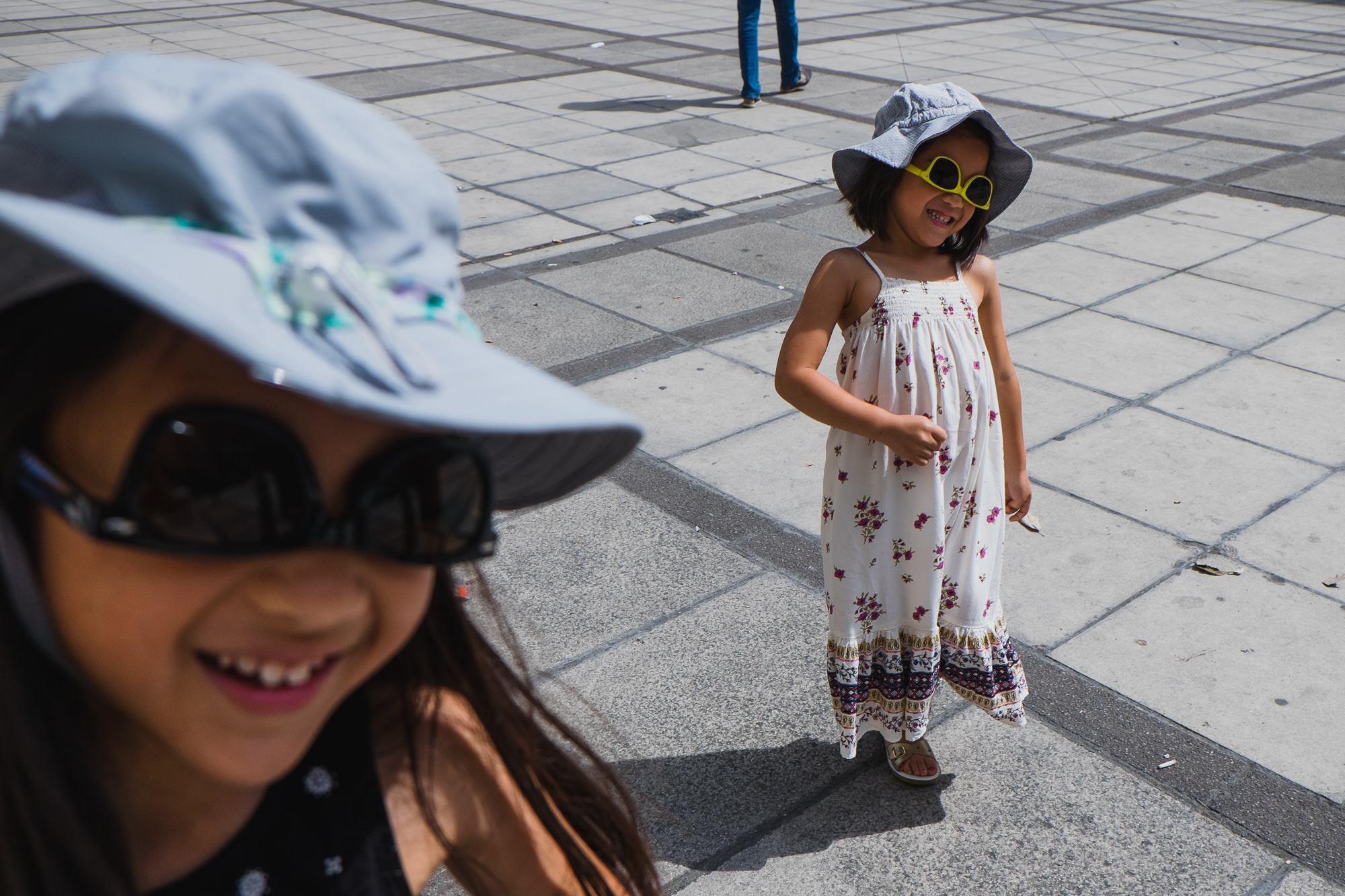
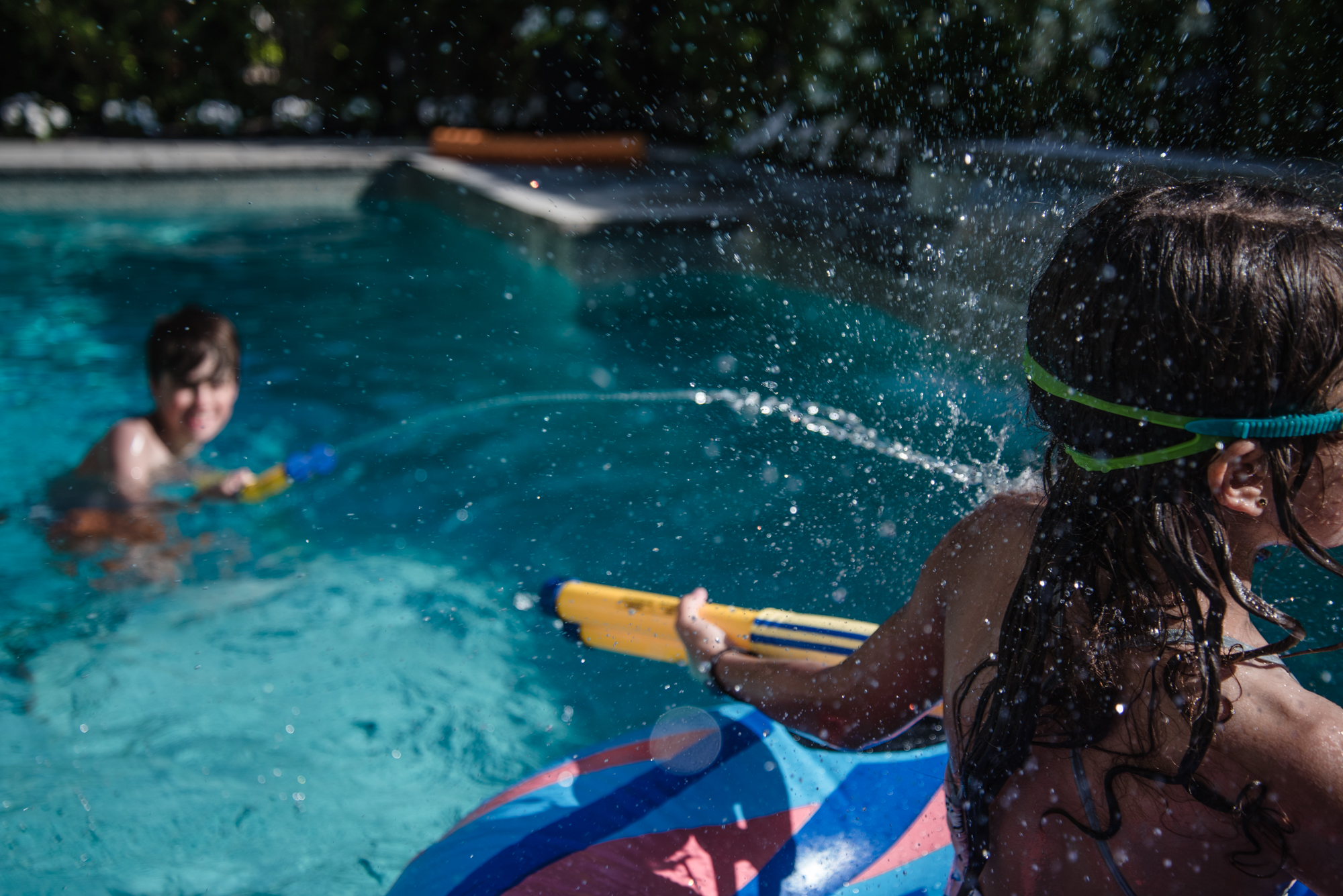
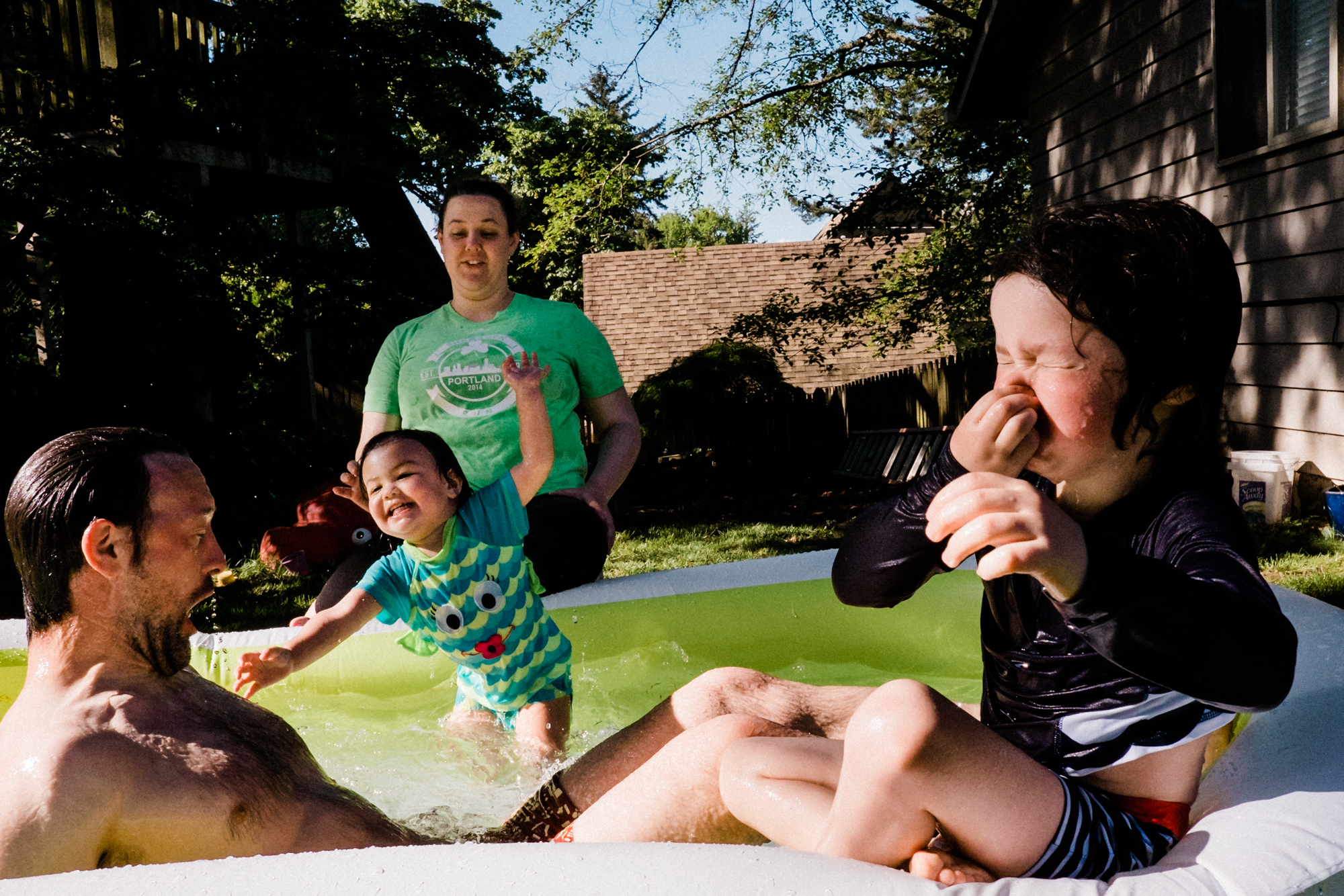
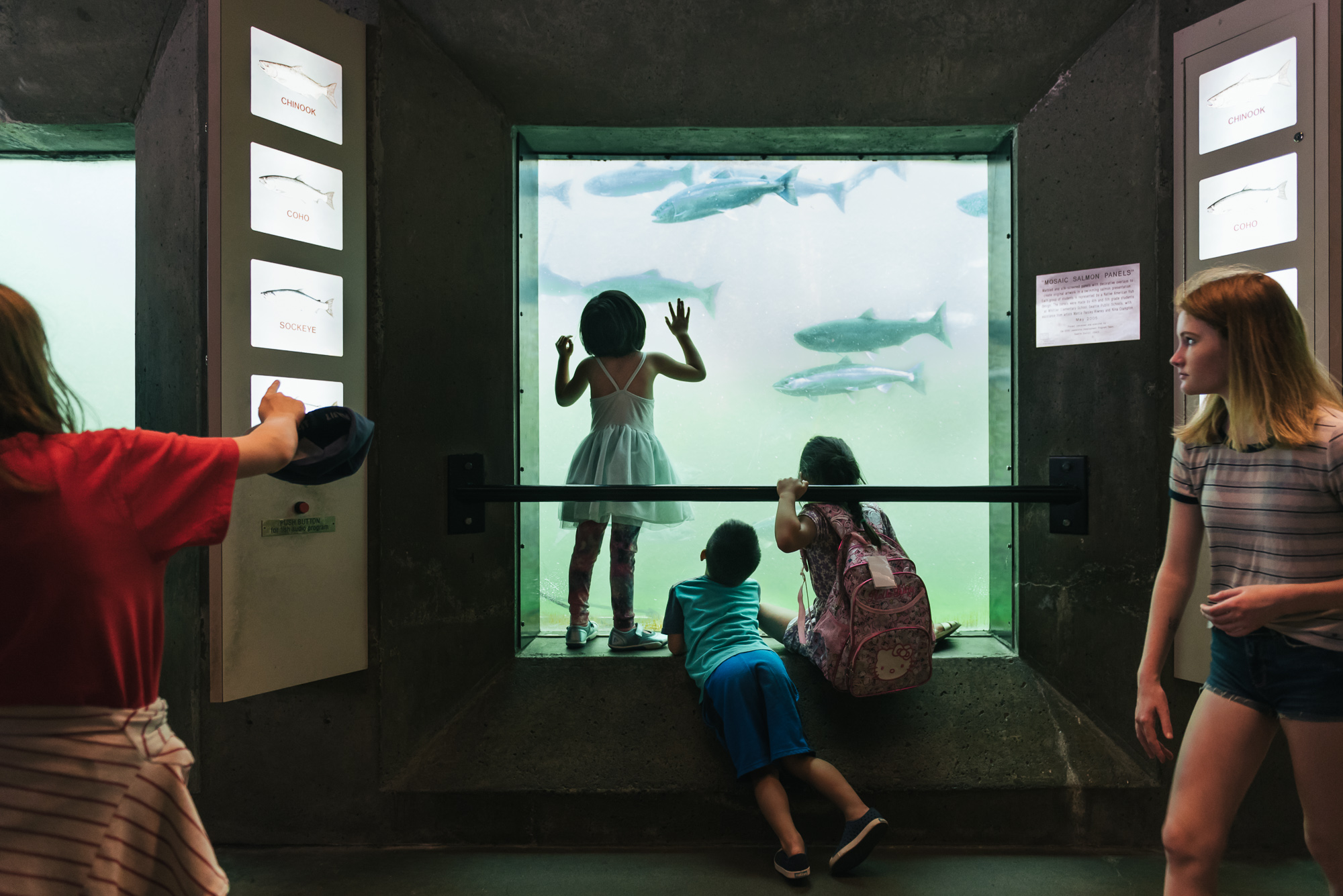
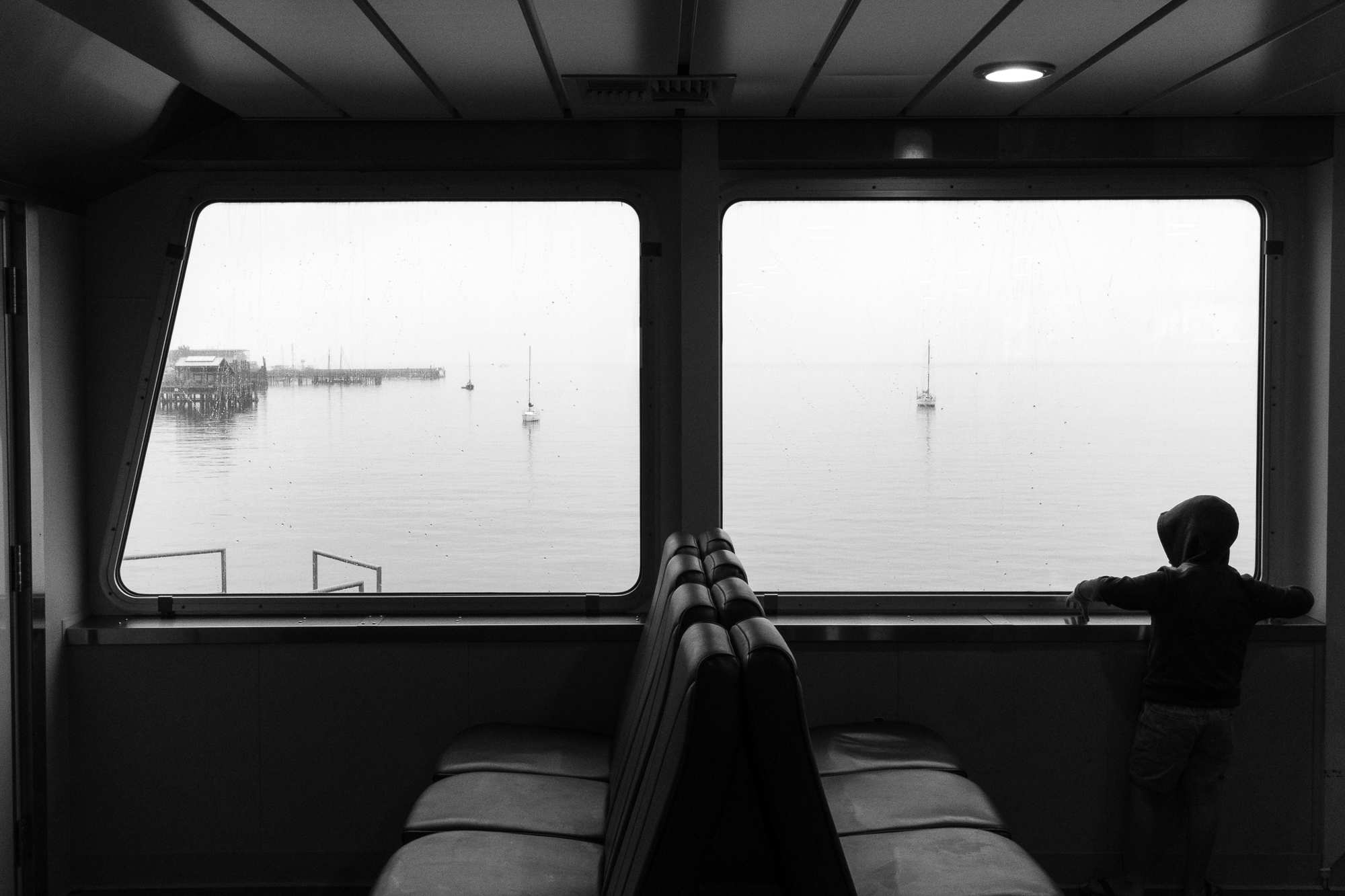
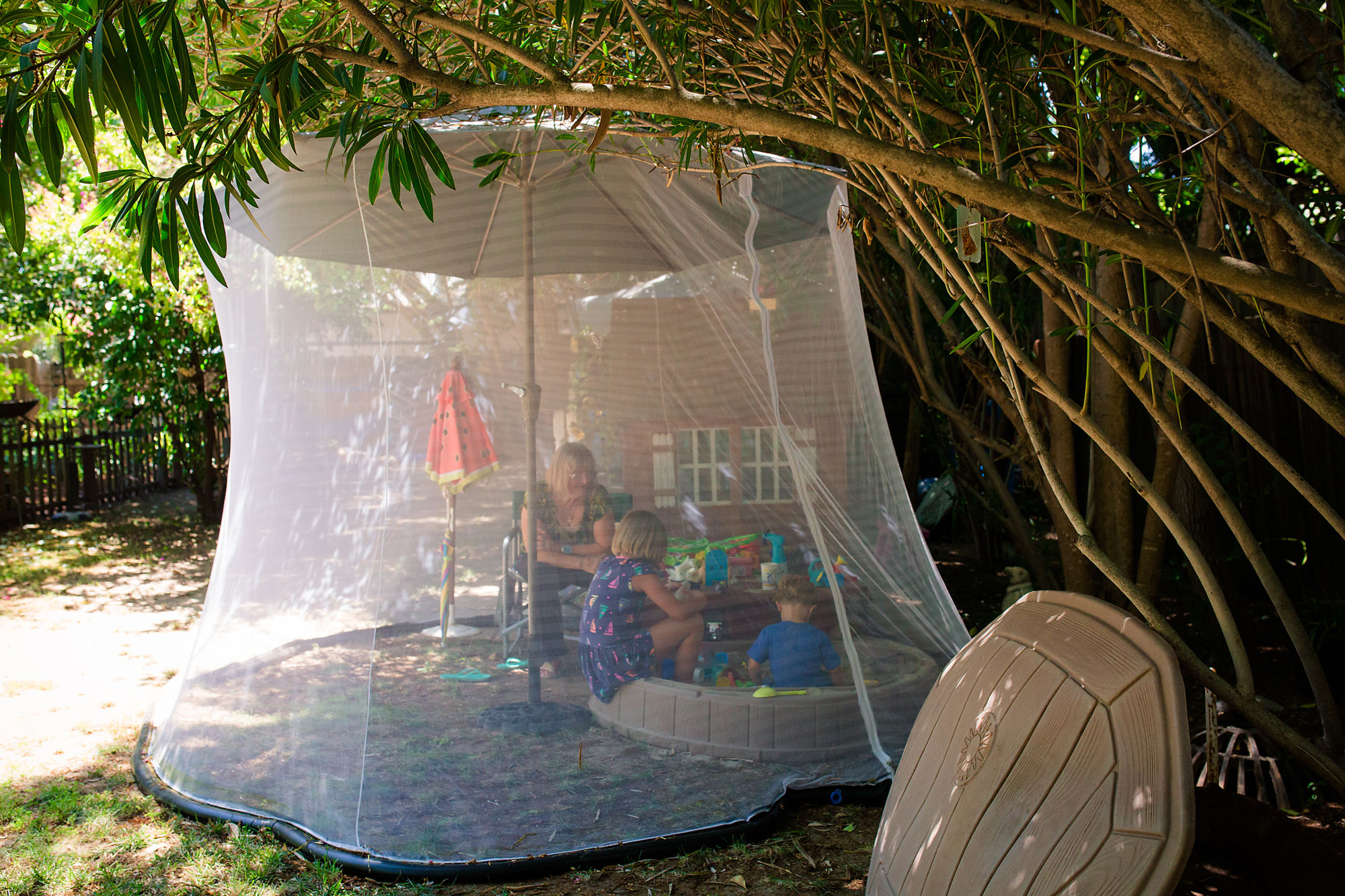
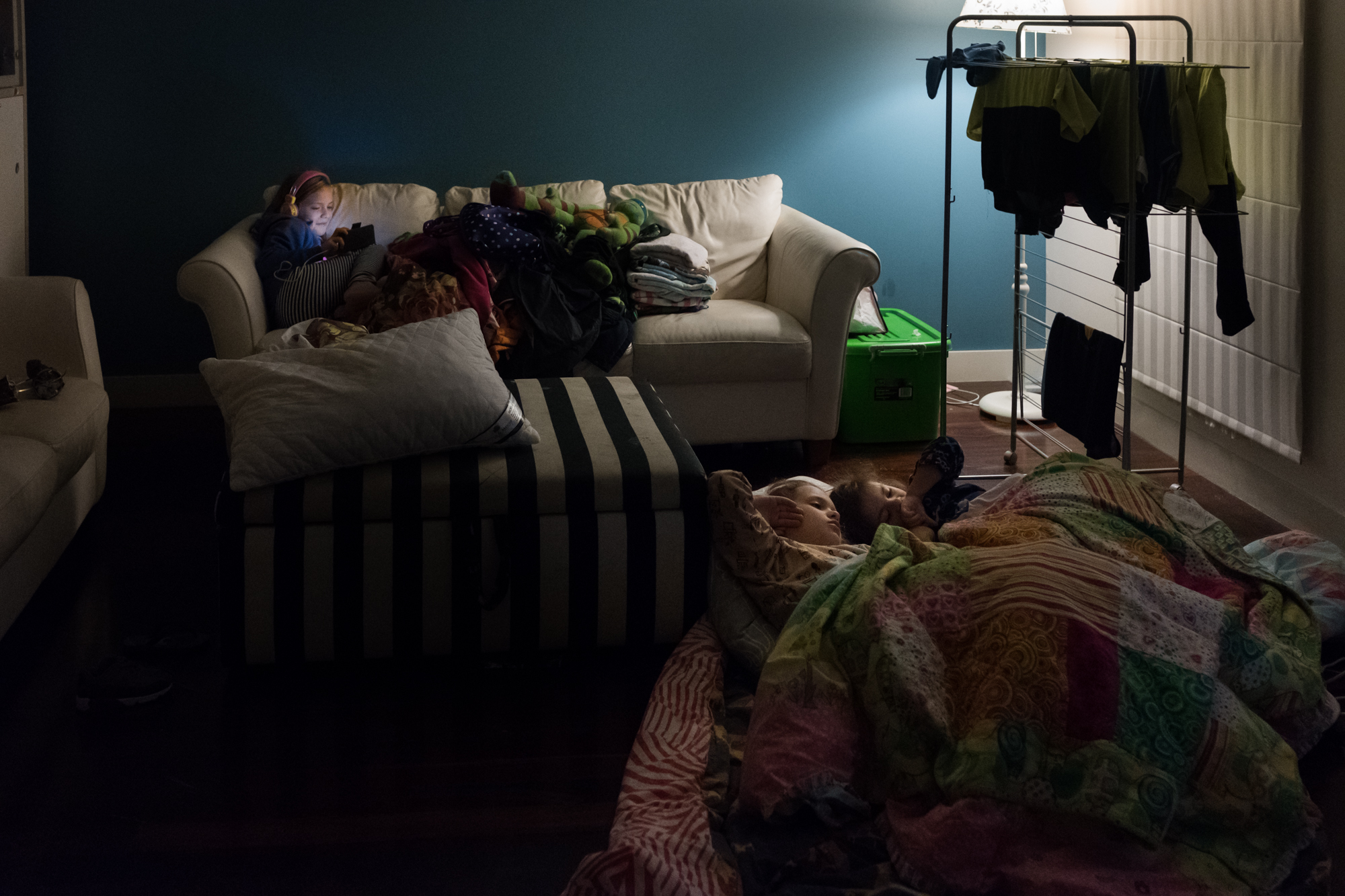
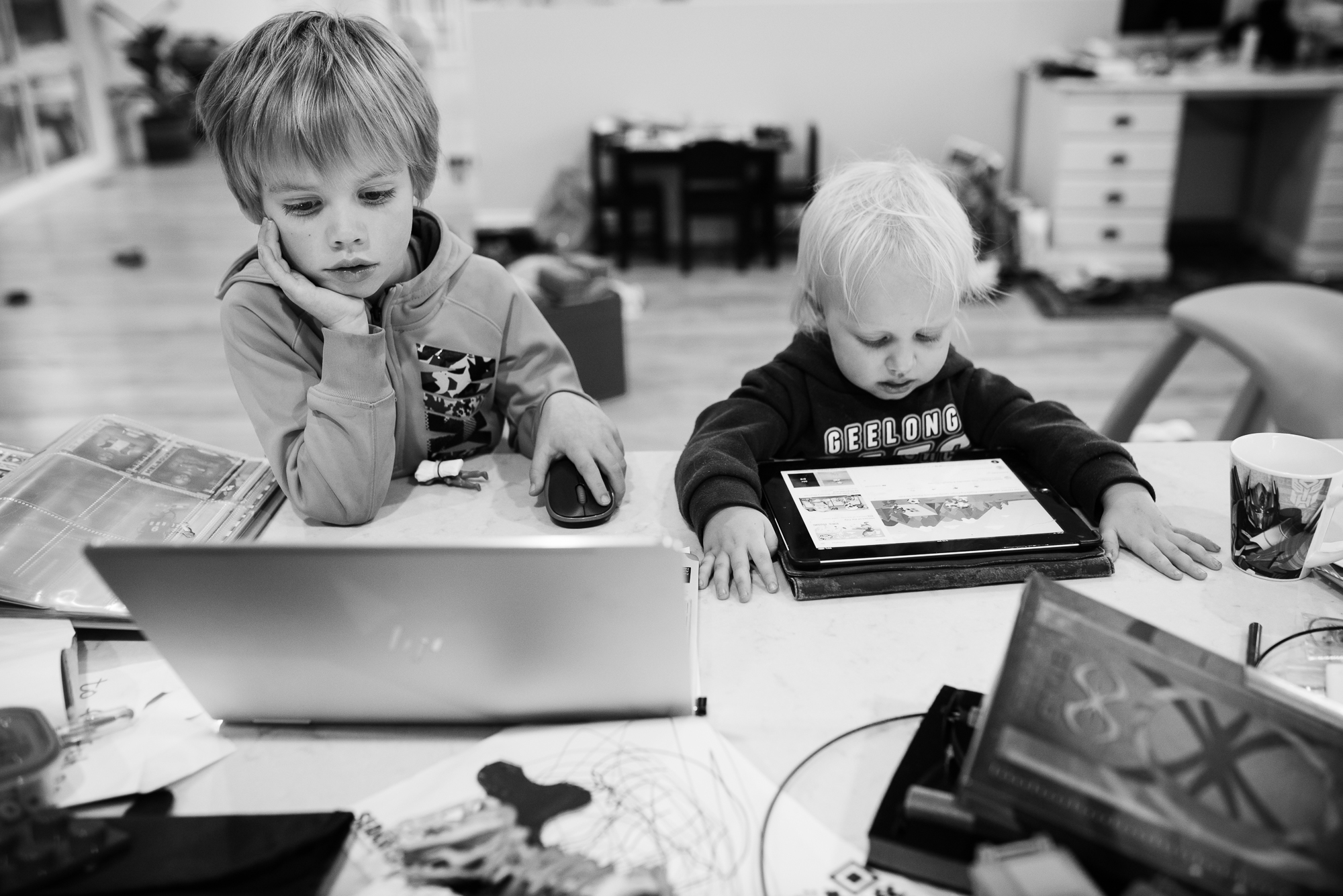
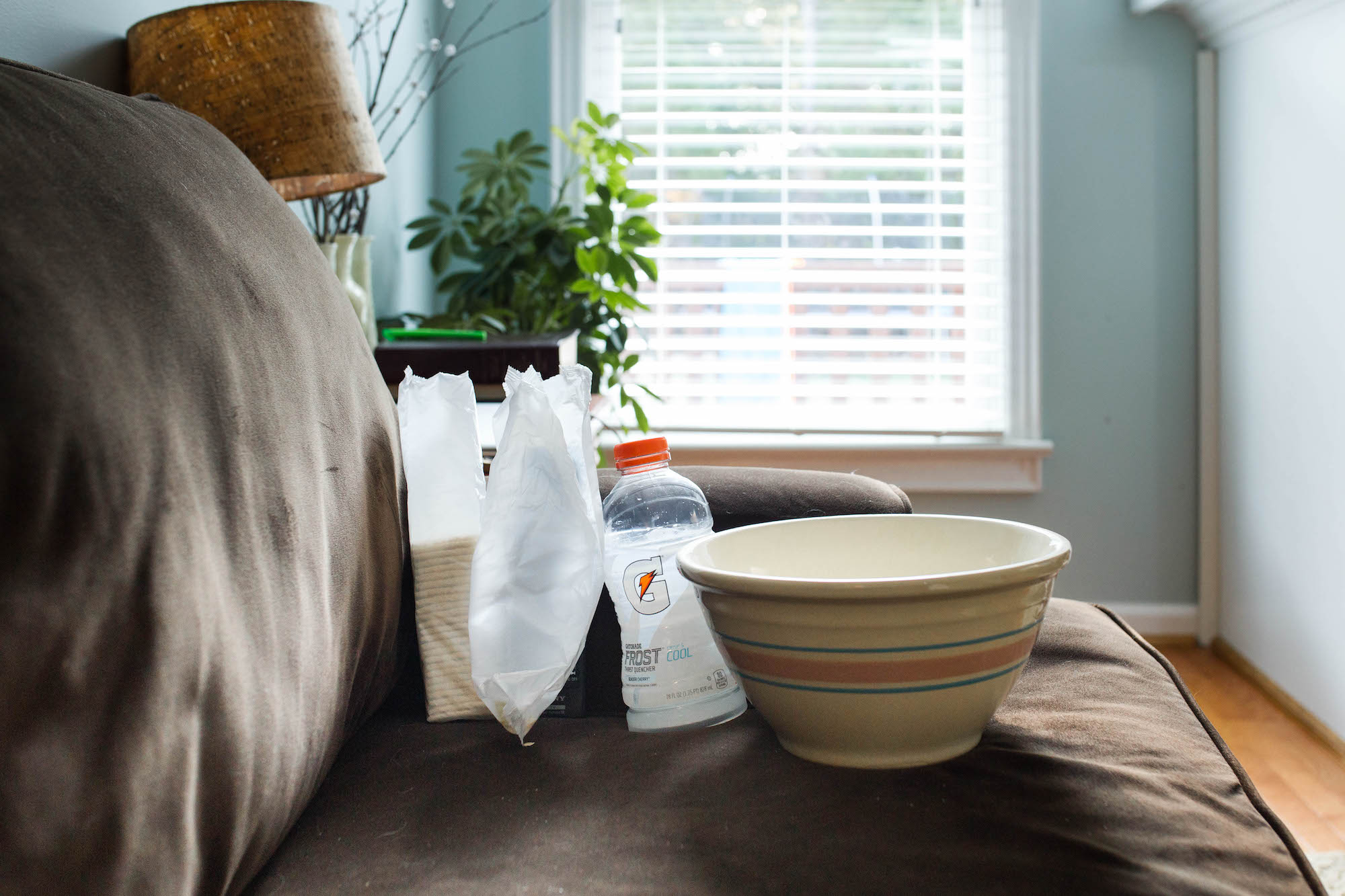
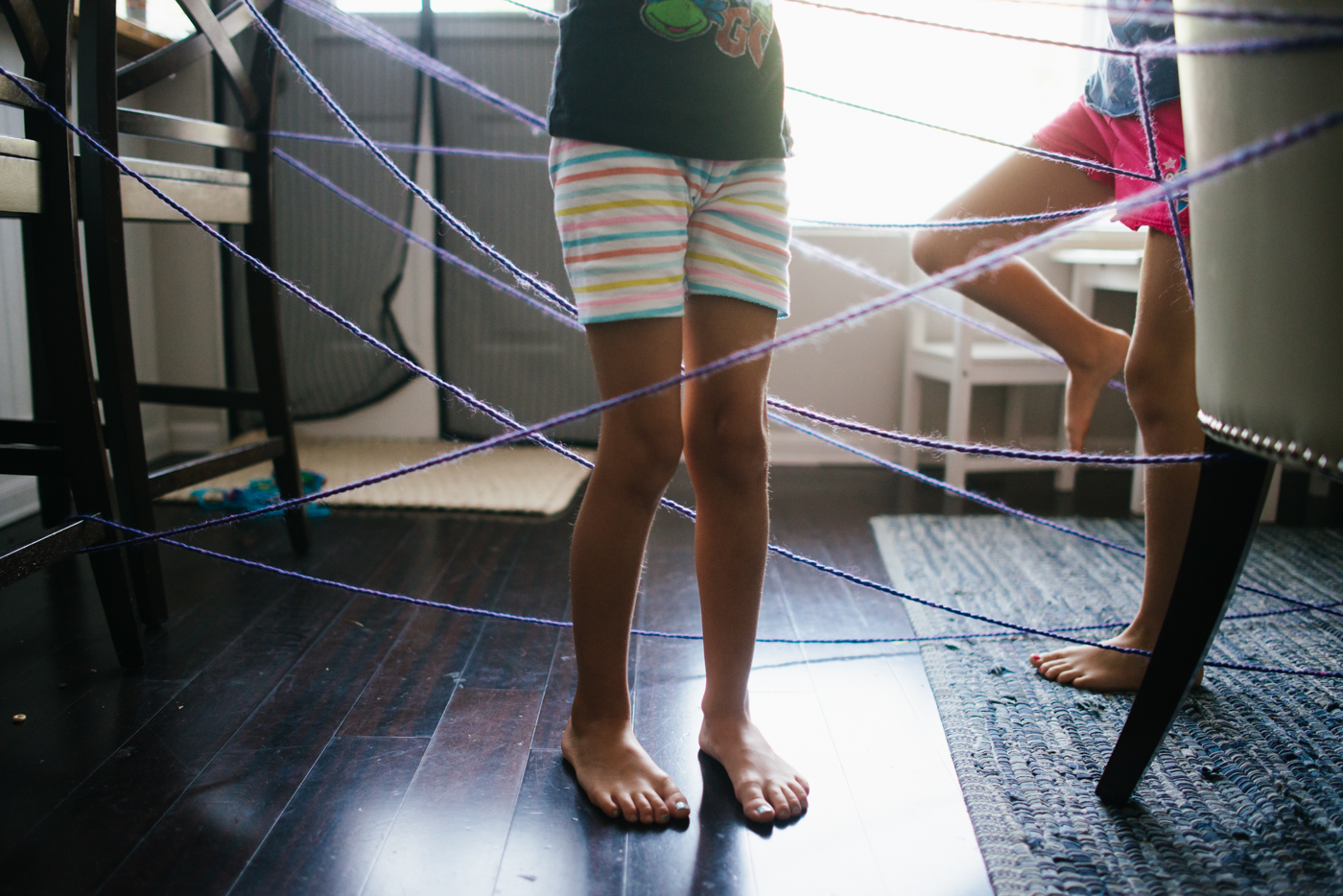
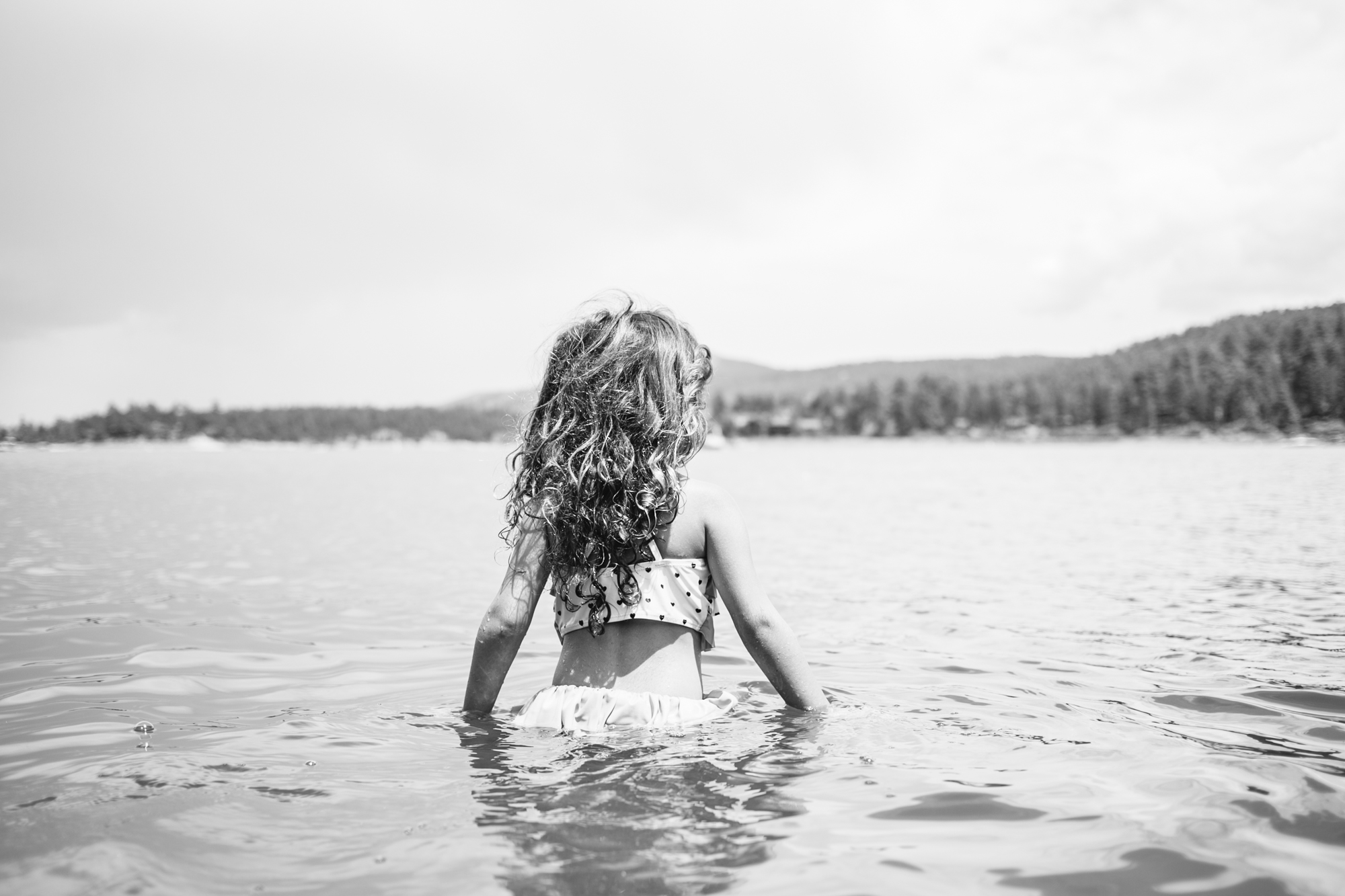
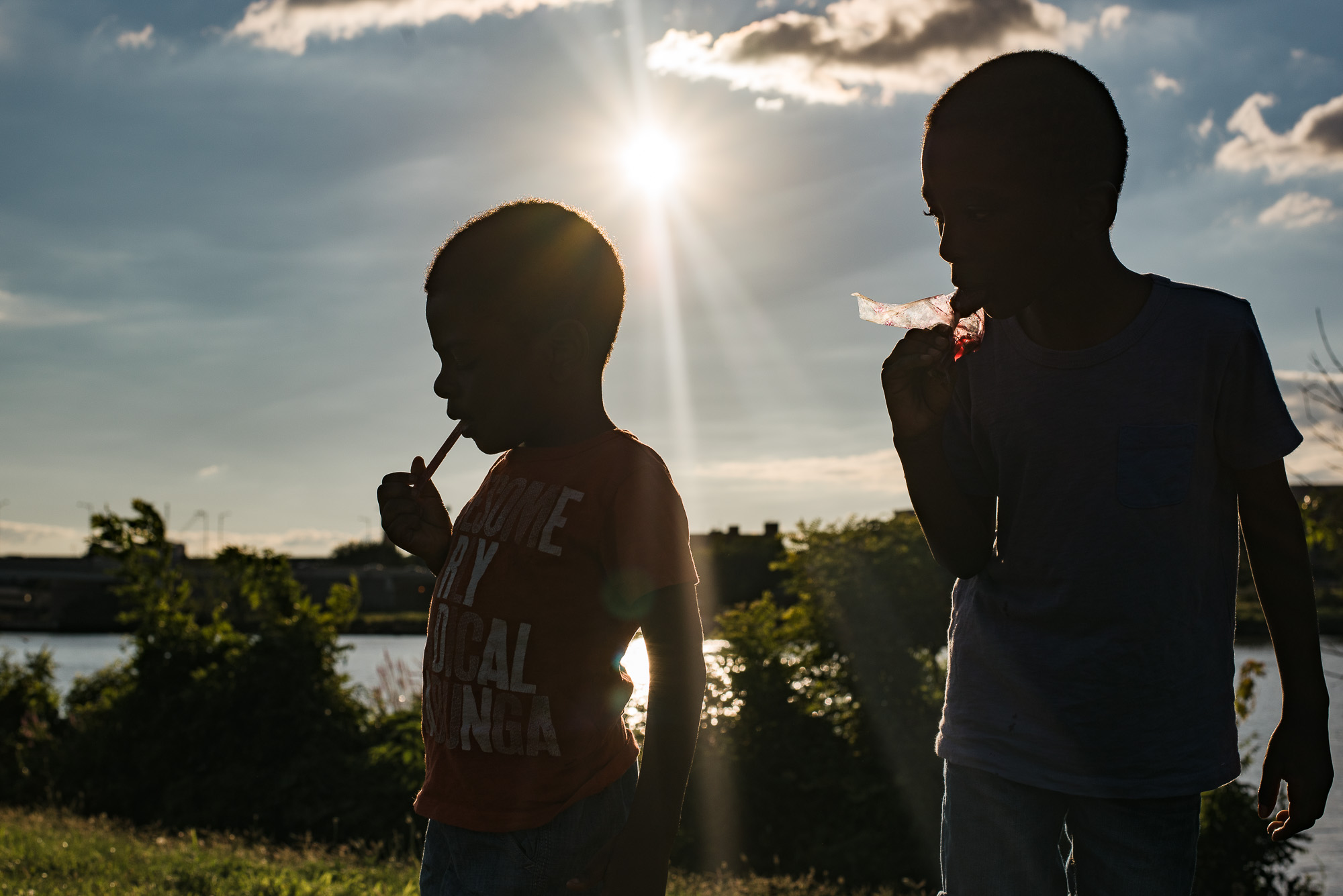
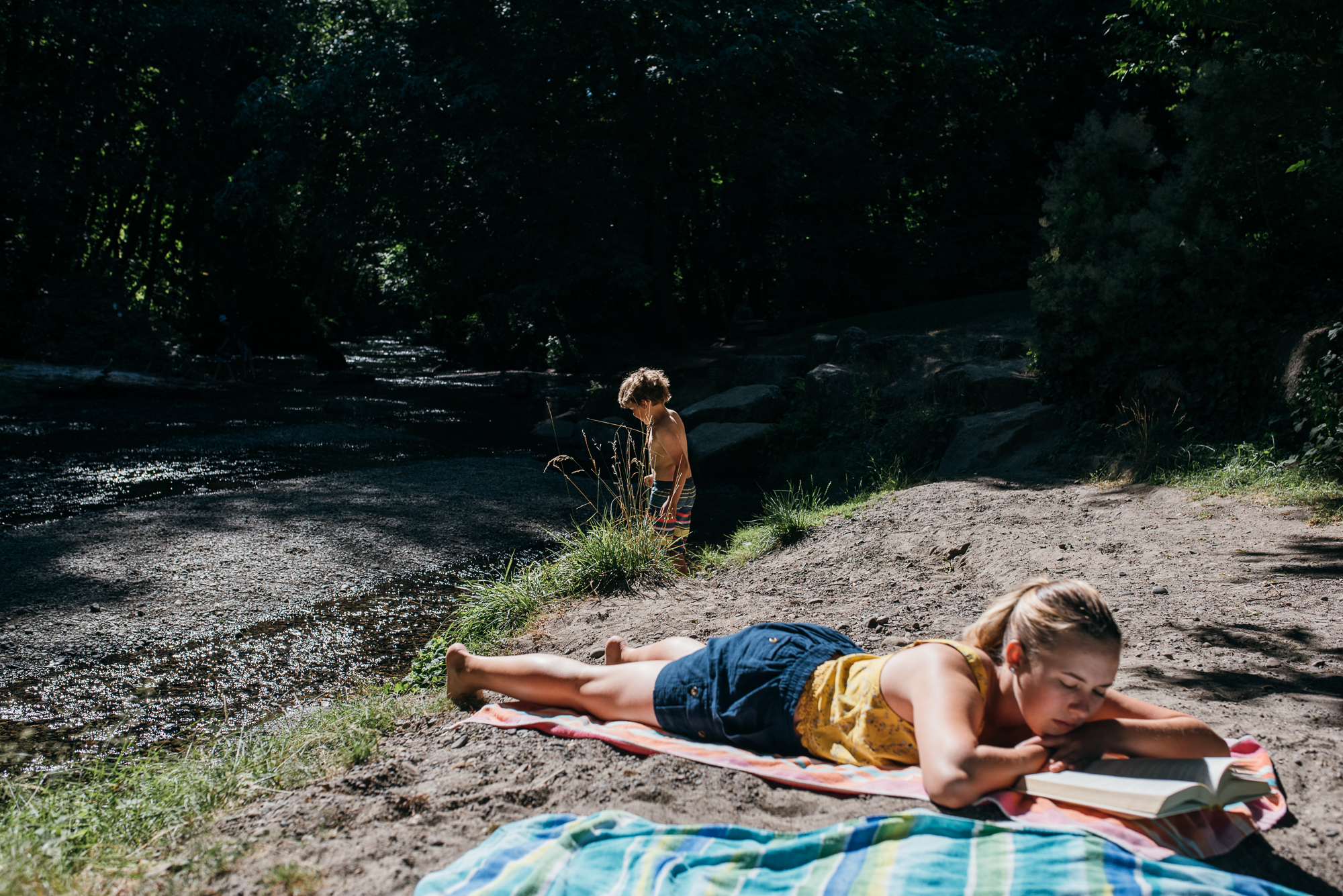
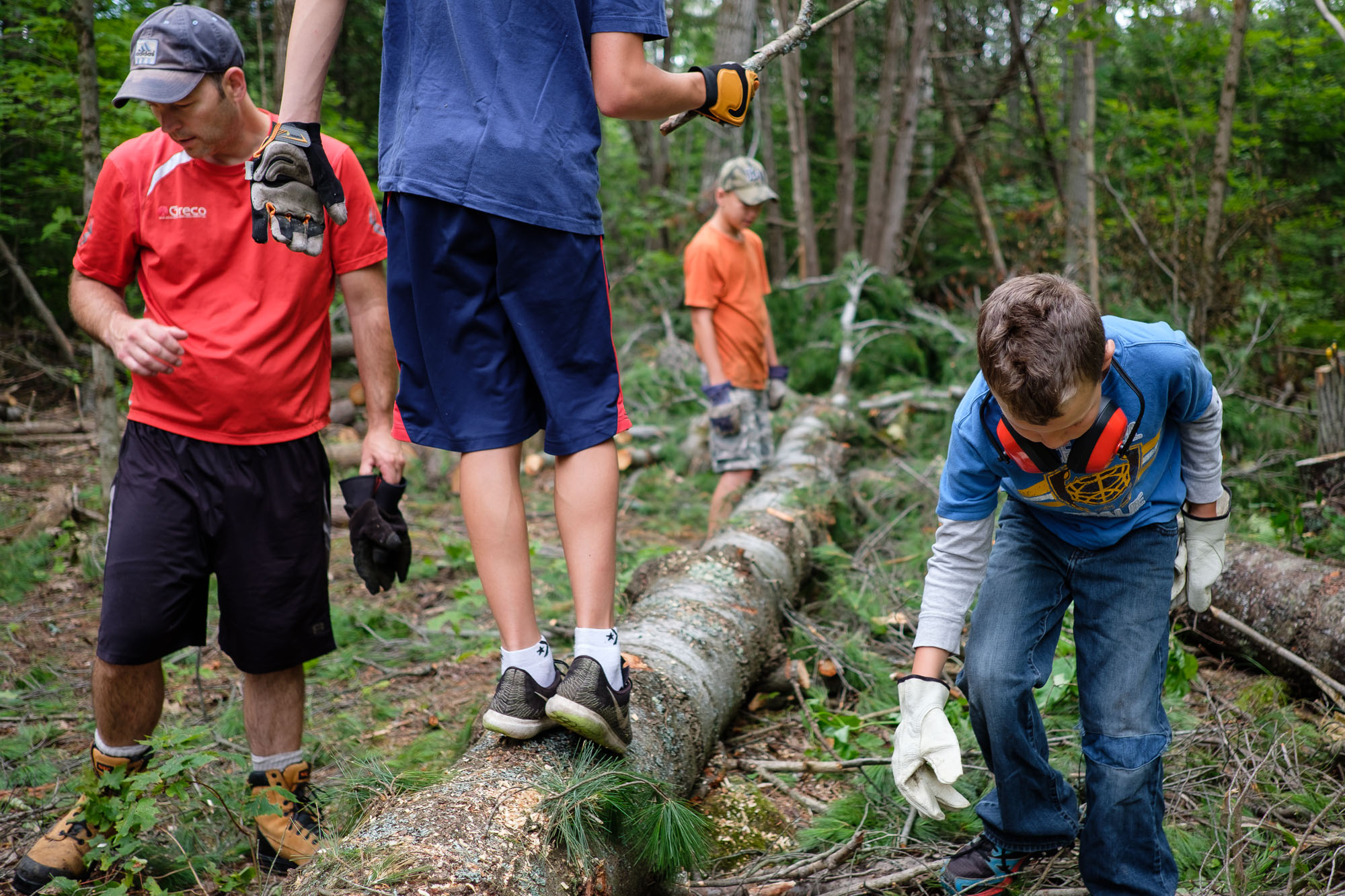
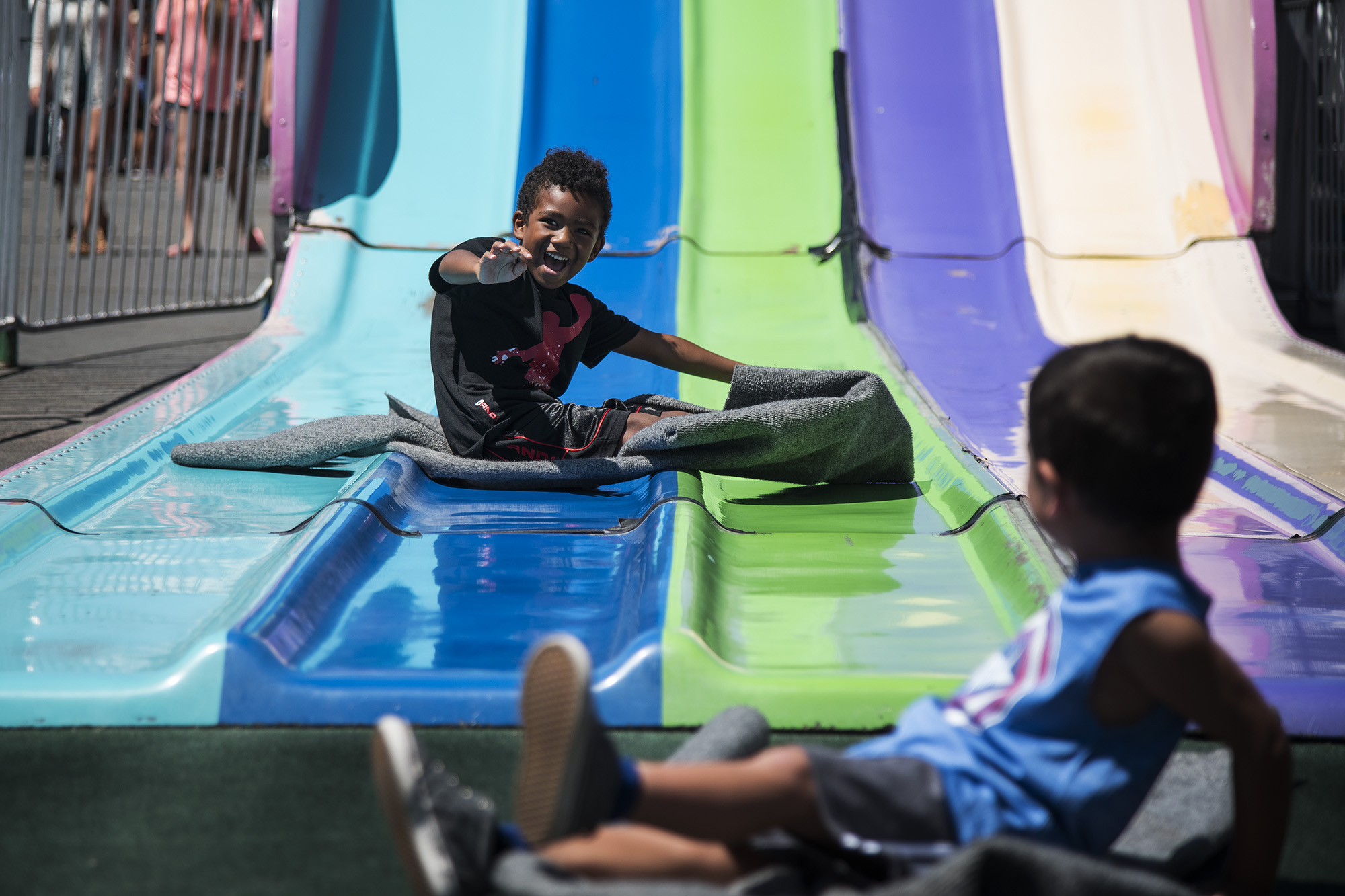
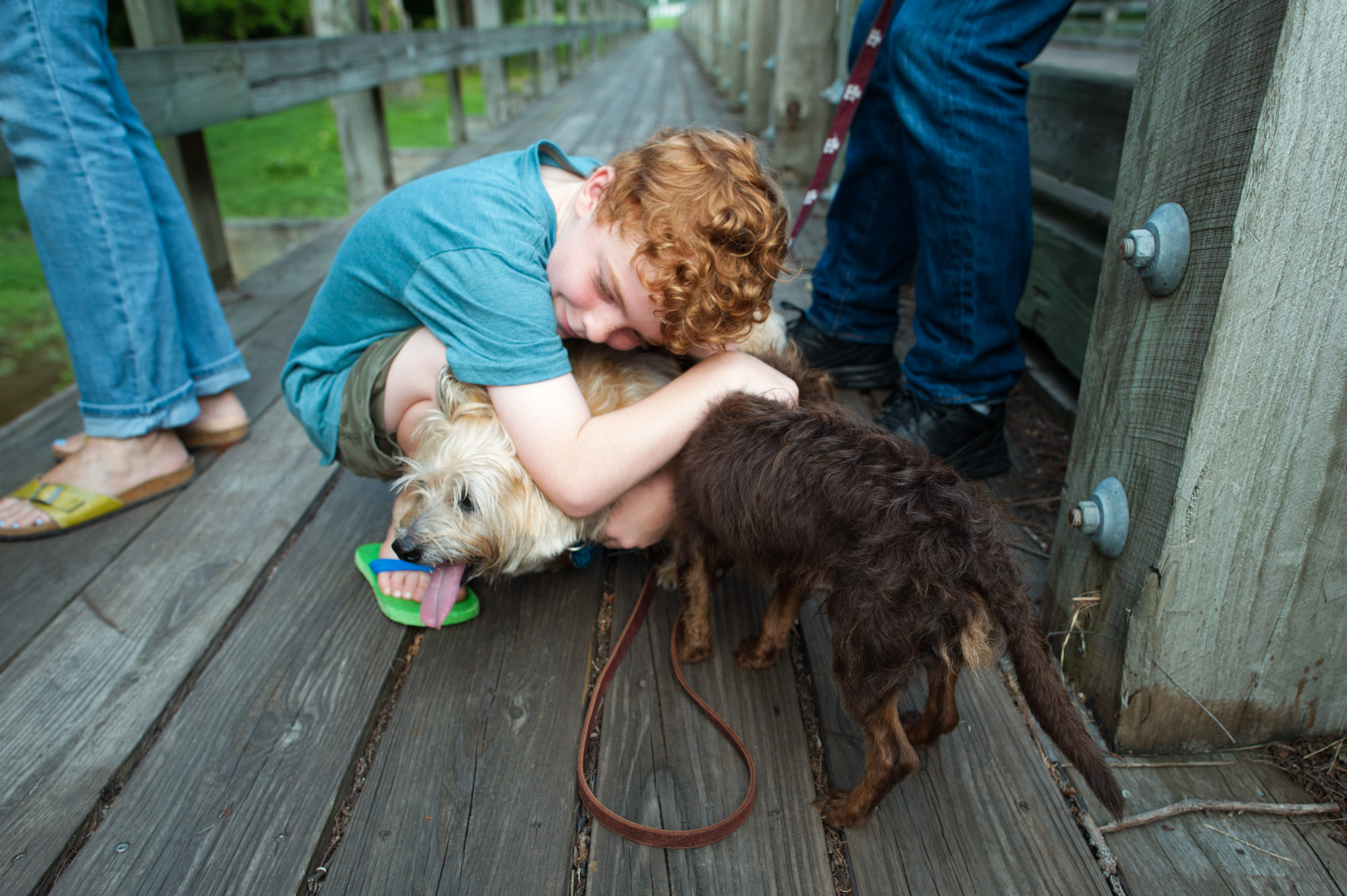
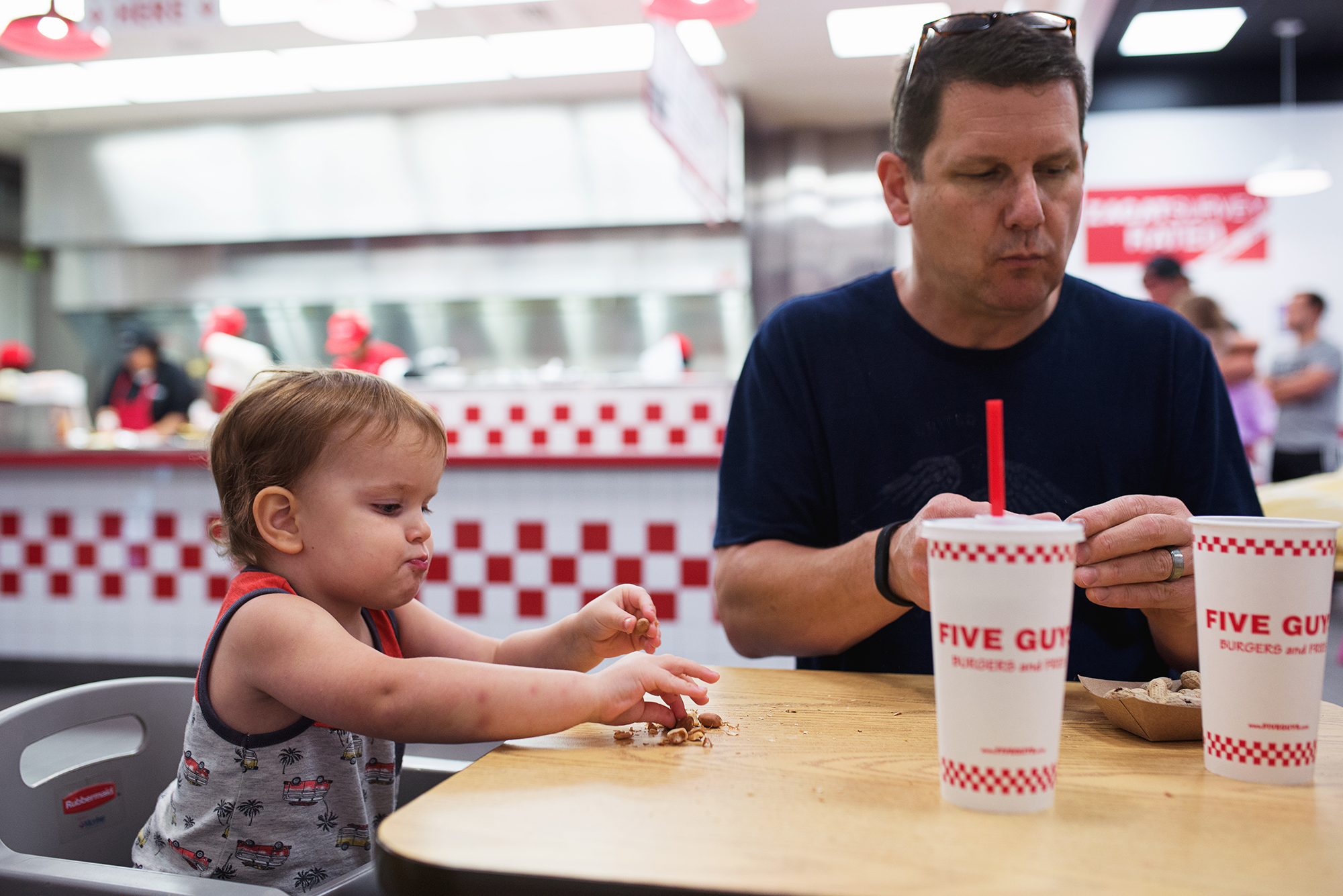
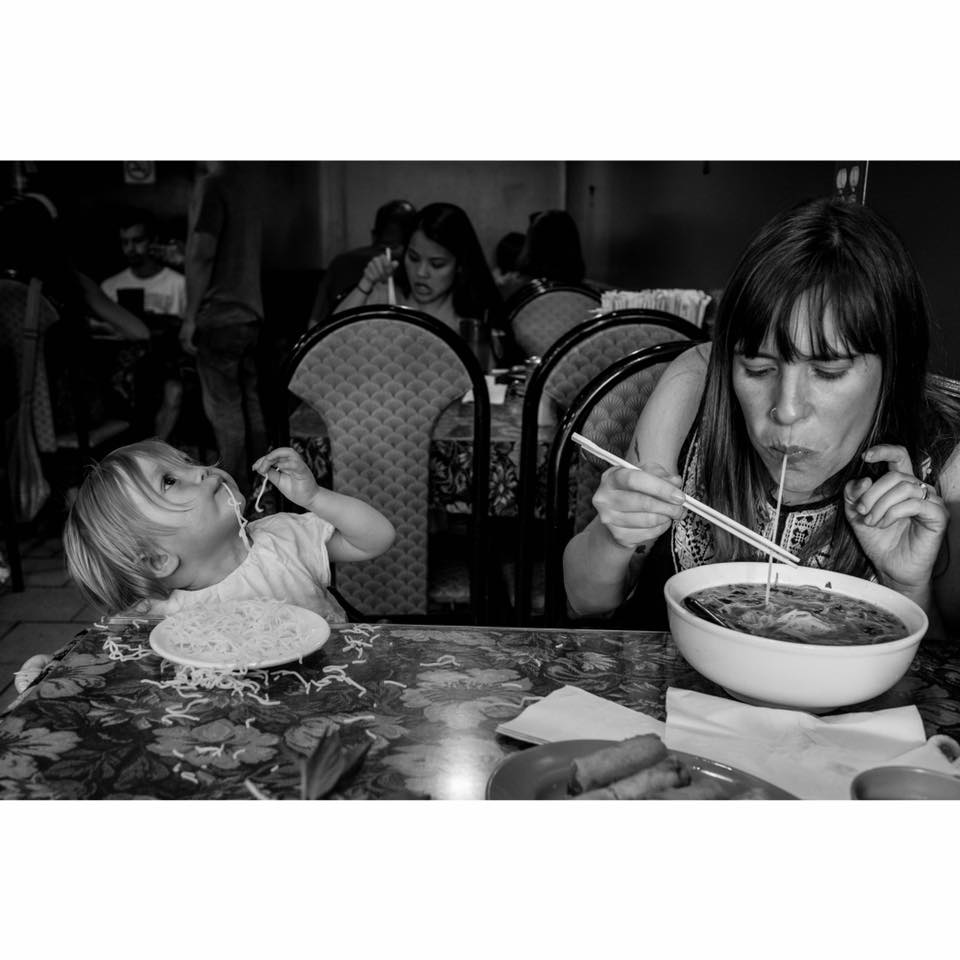
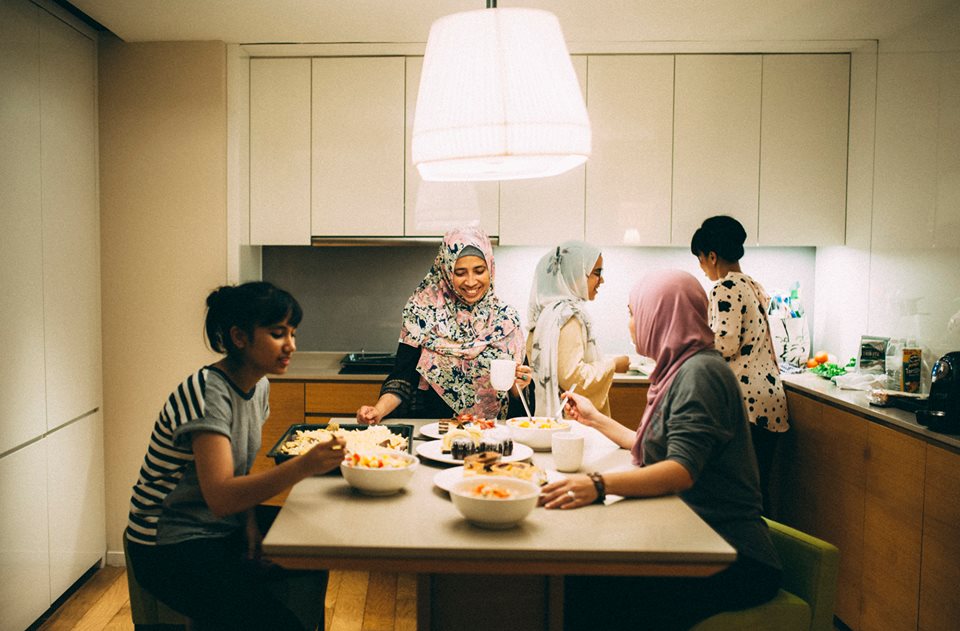
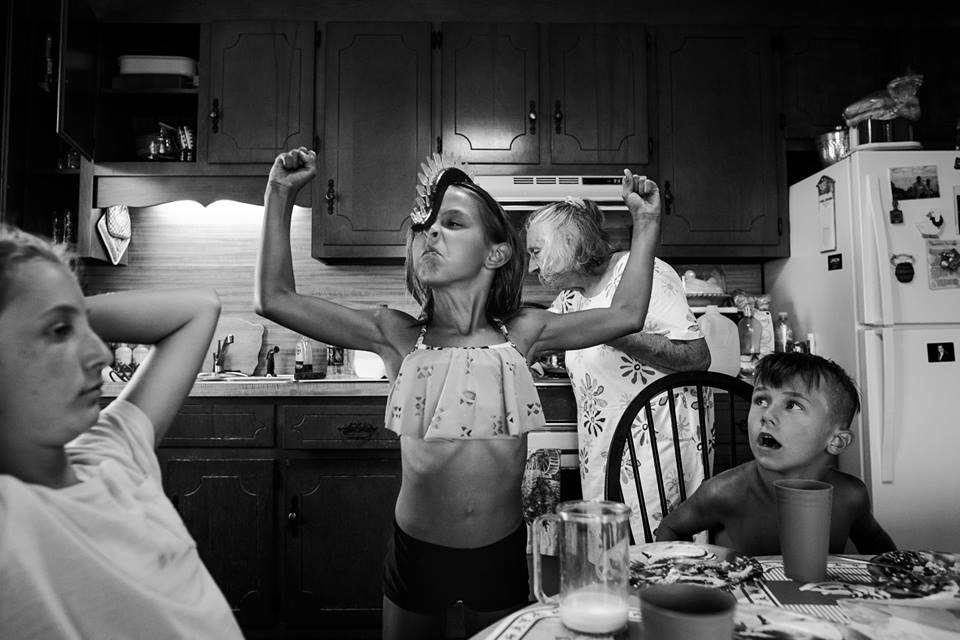 Angela Douglas
Angela Douglas